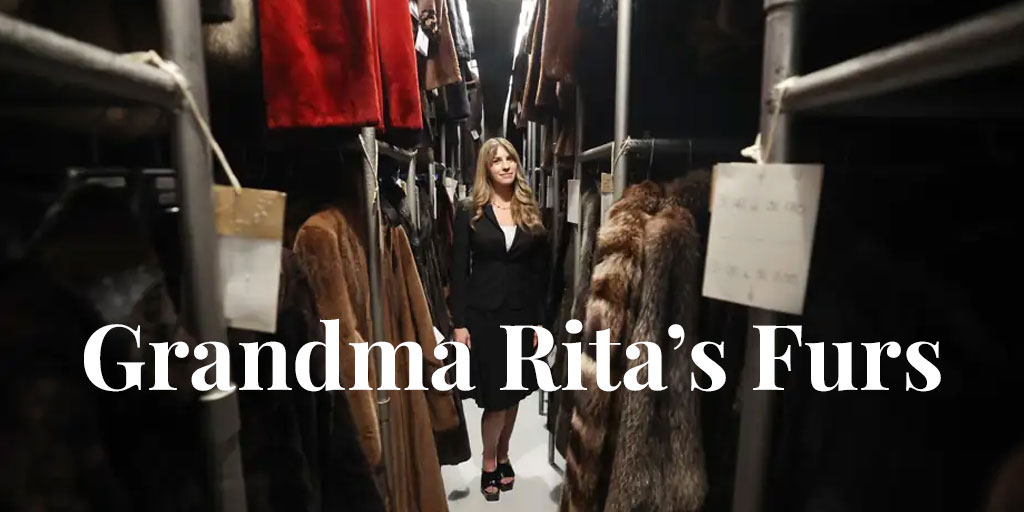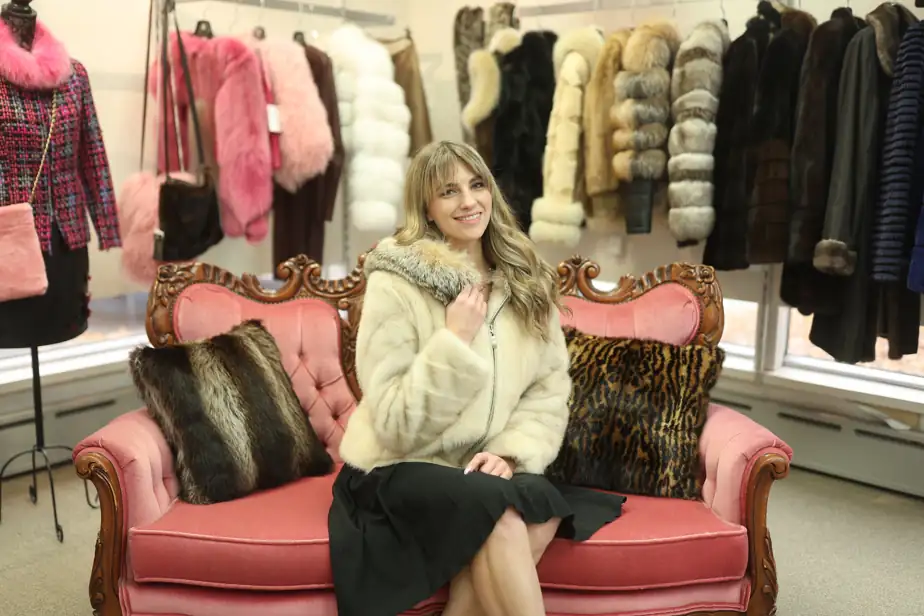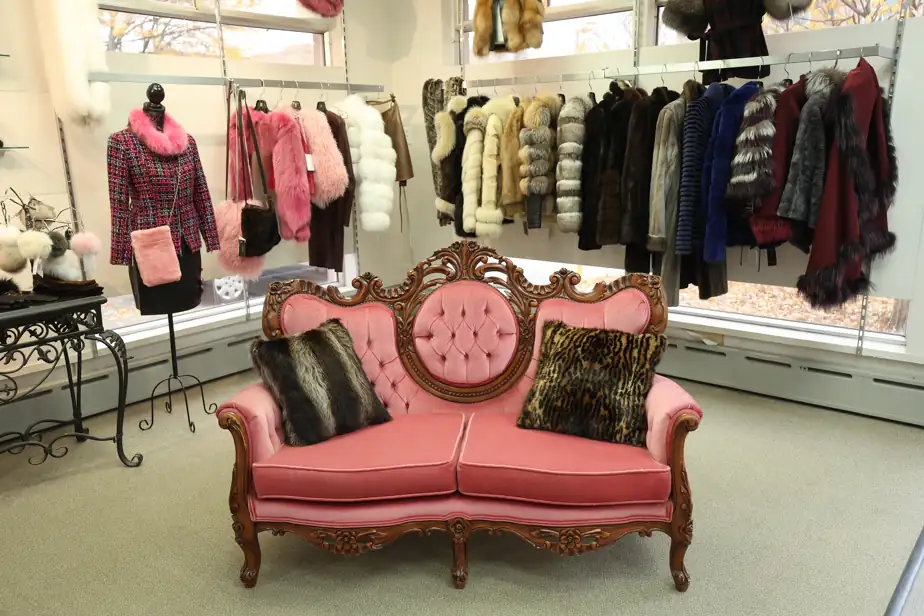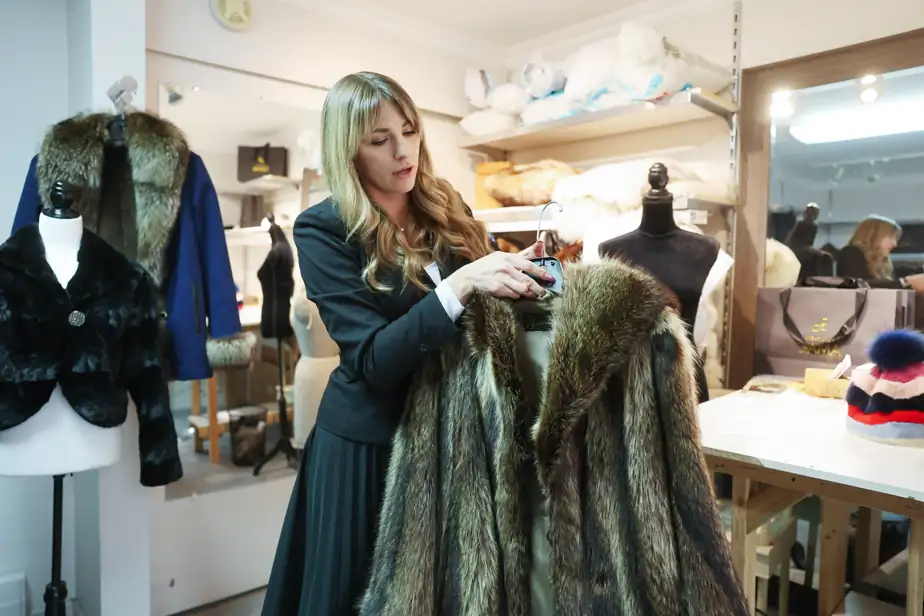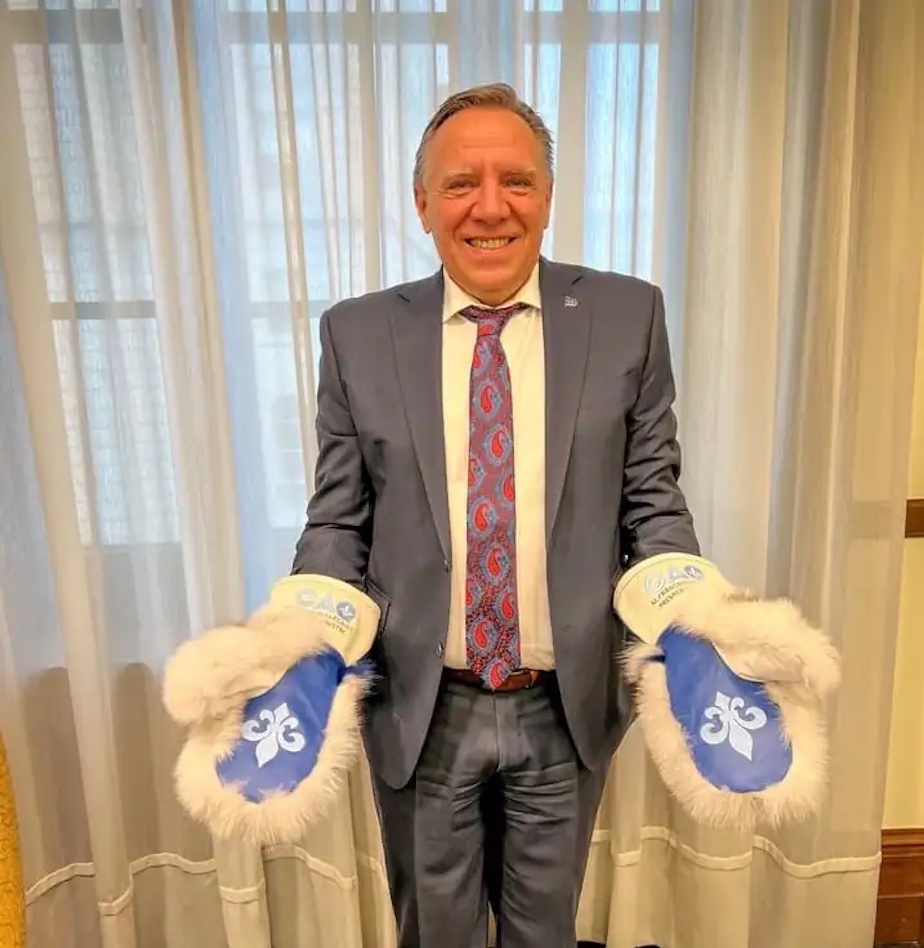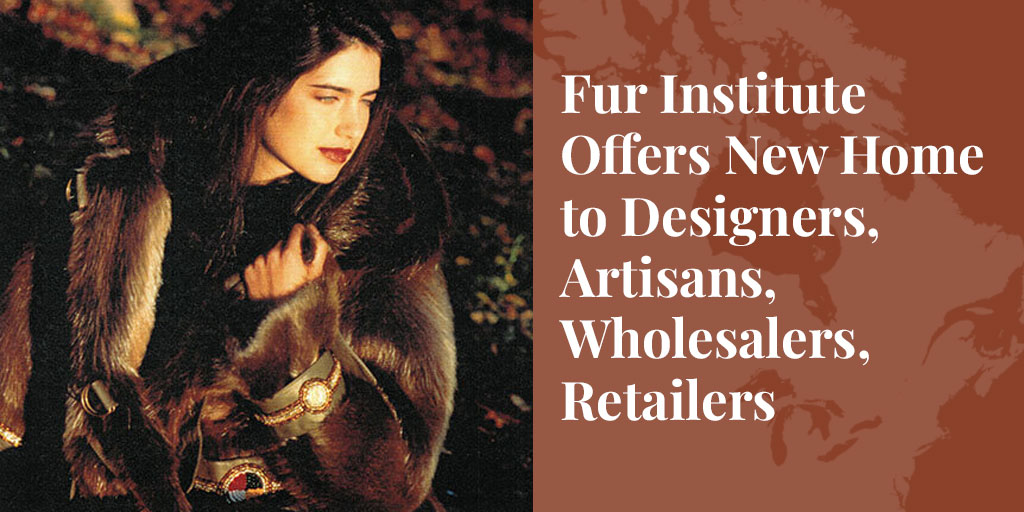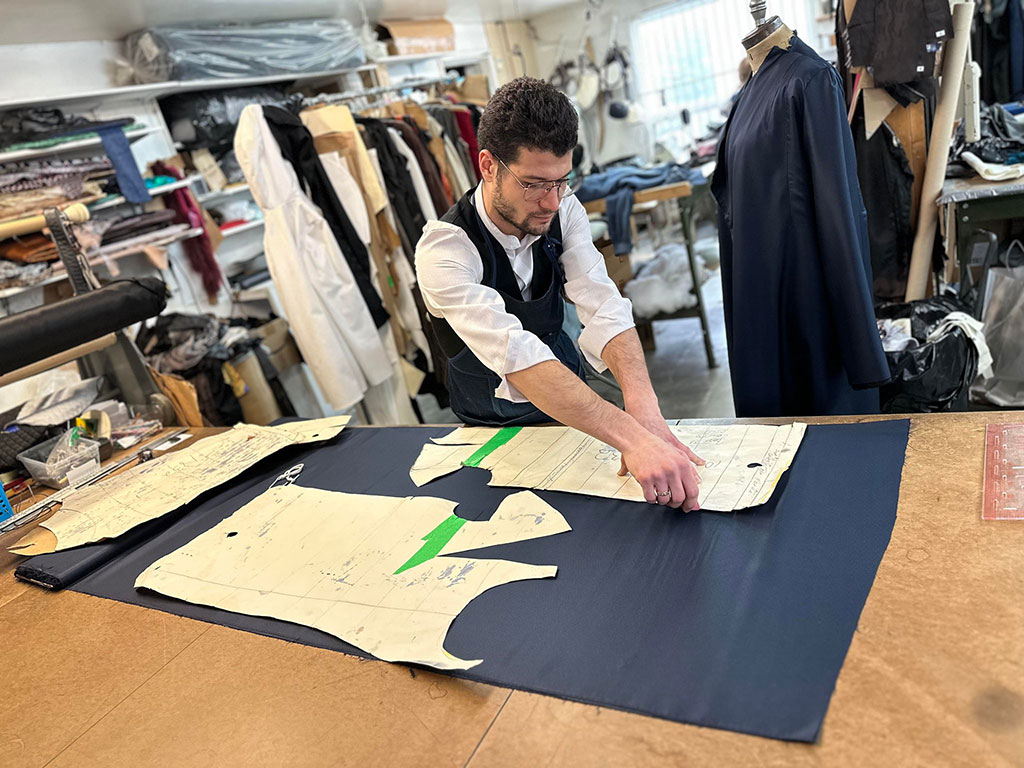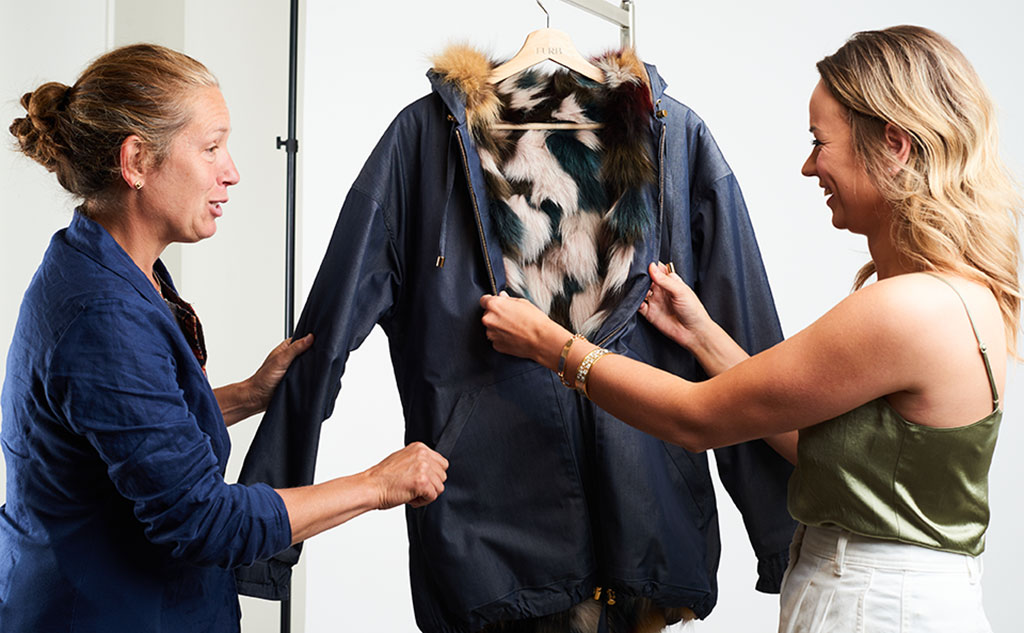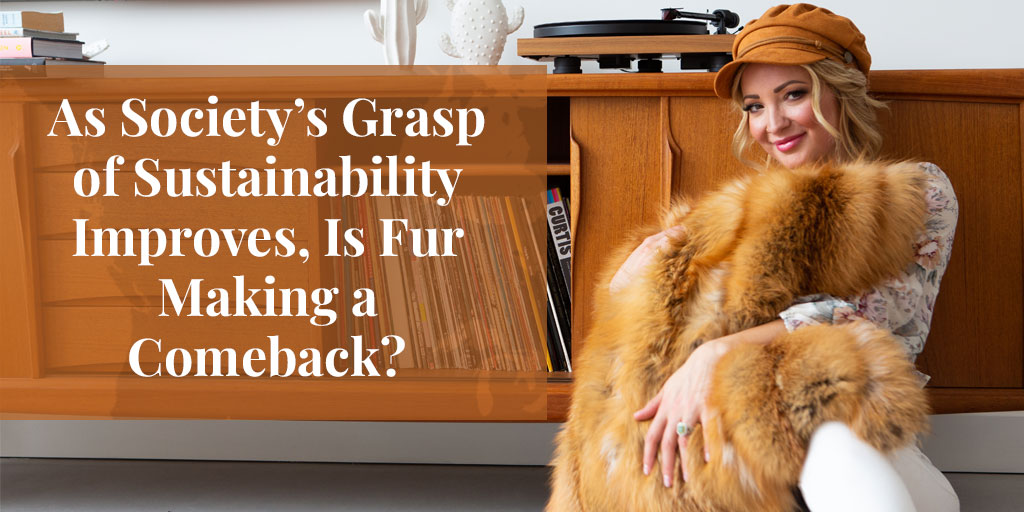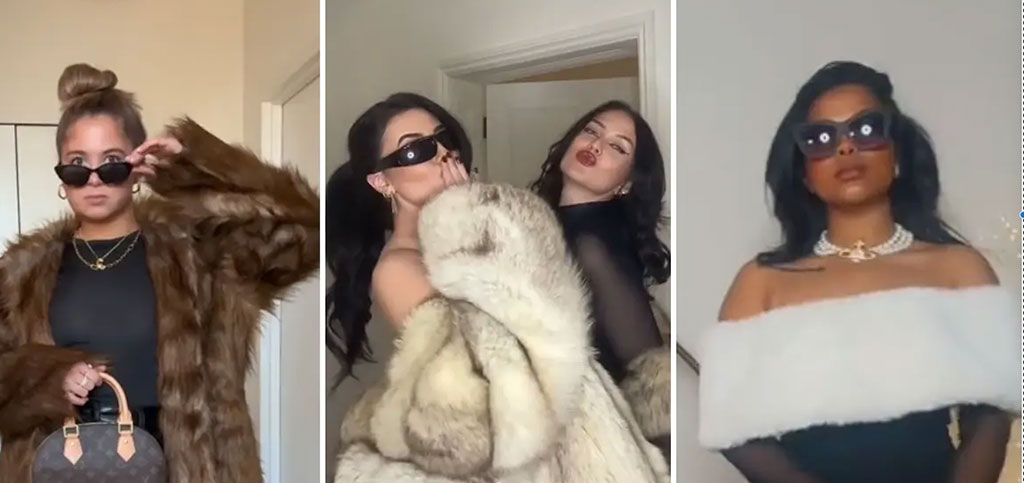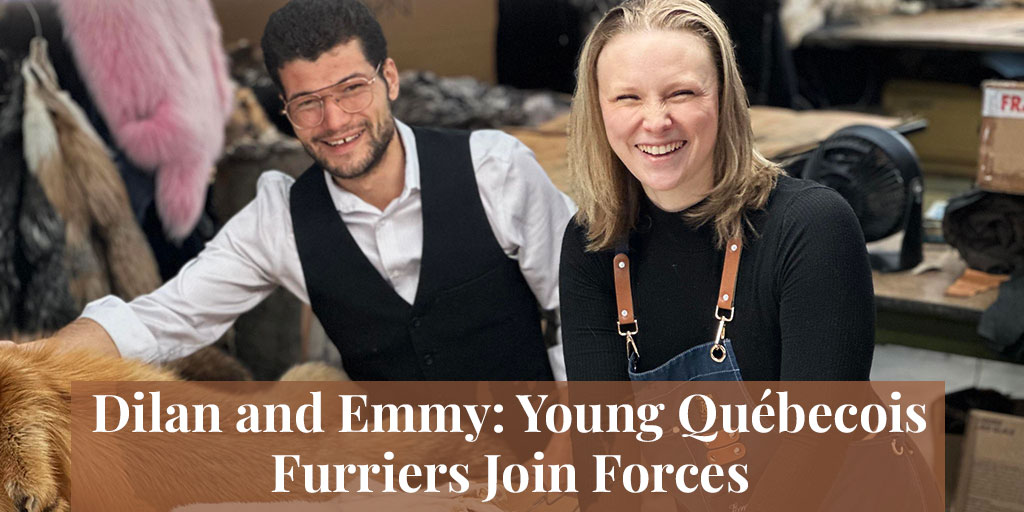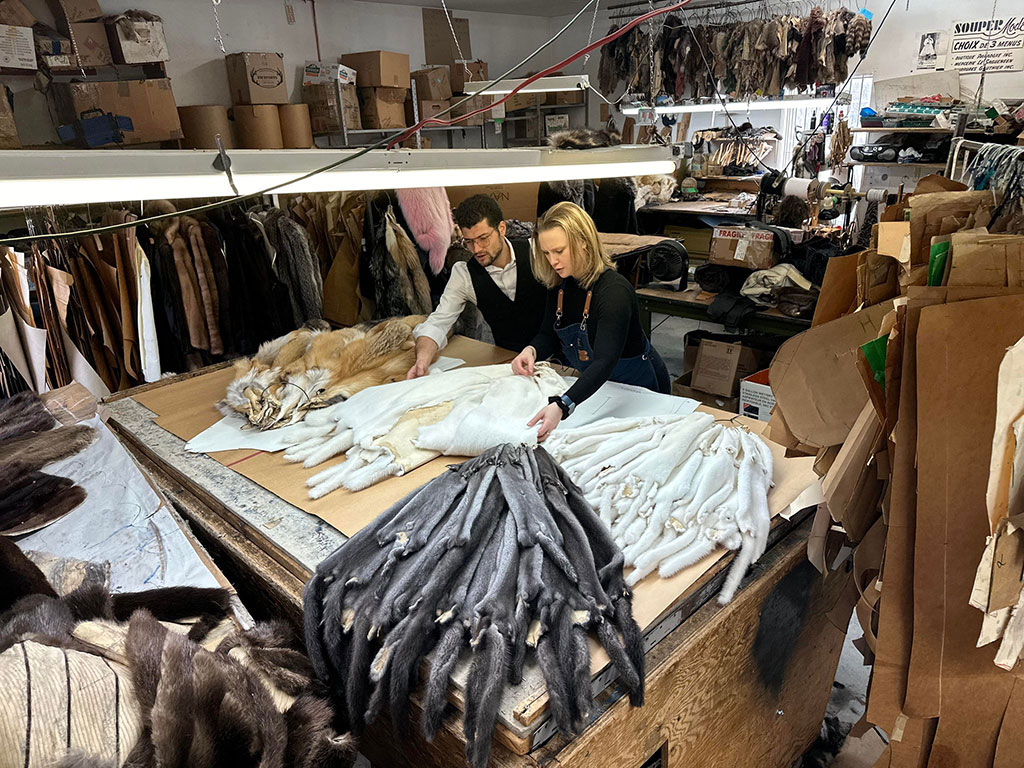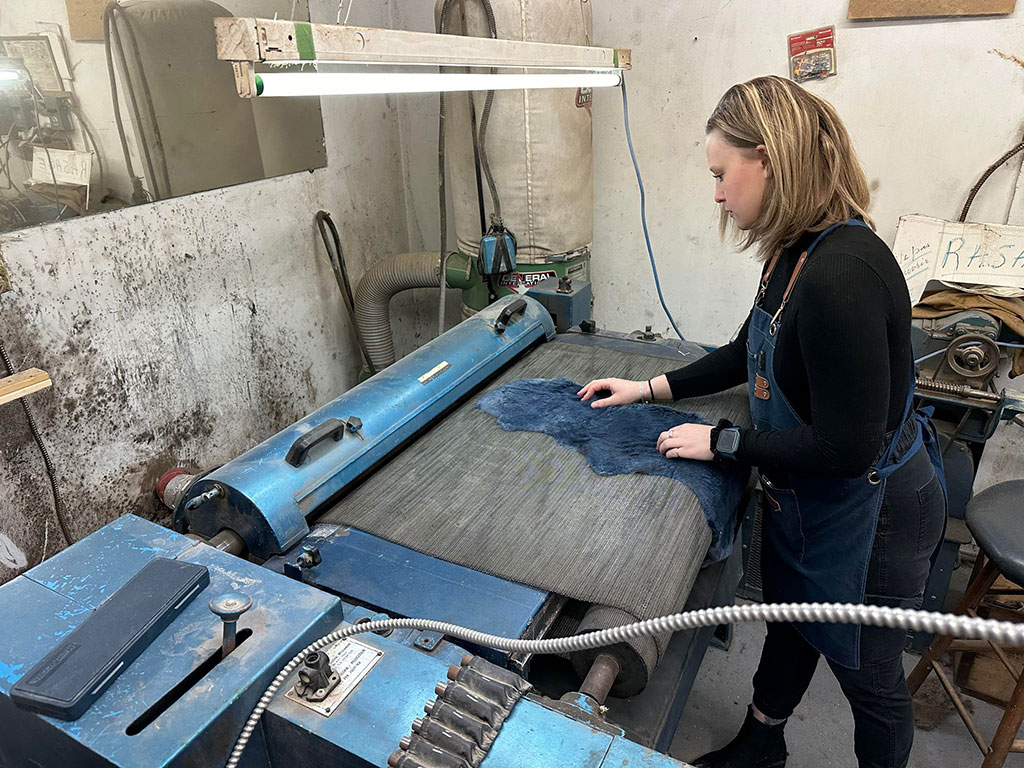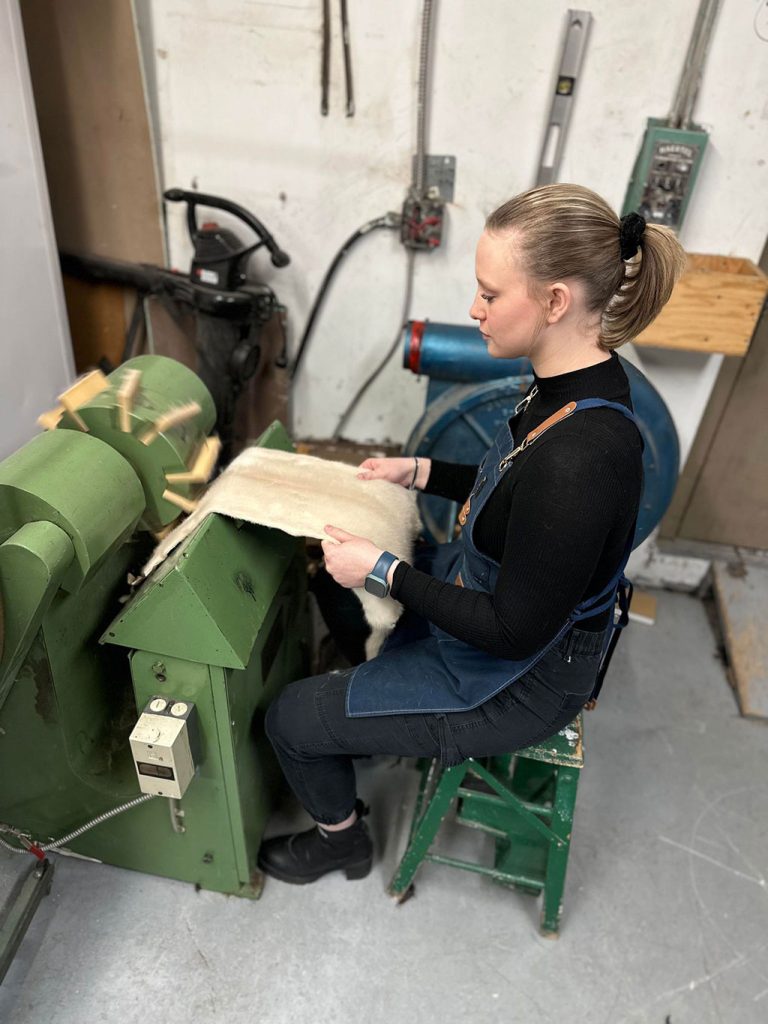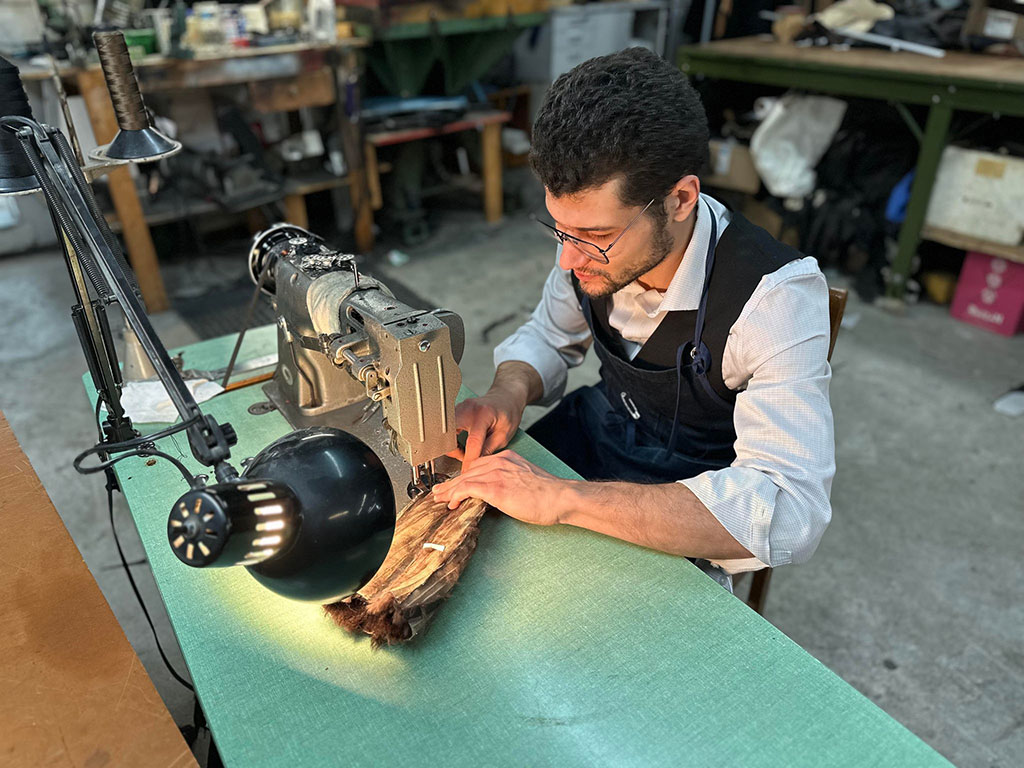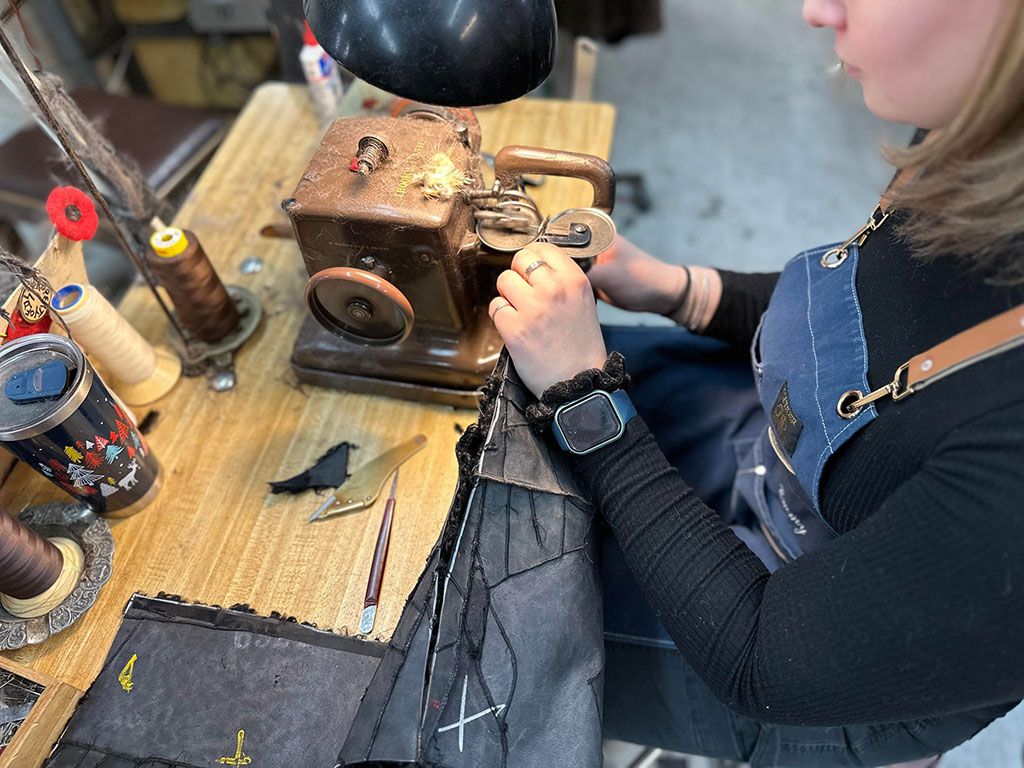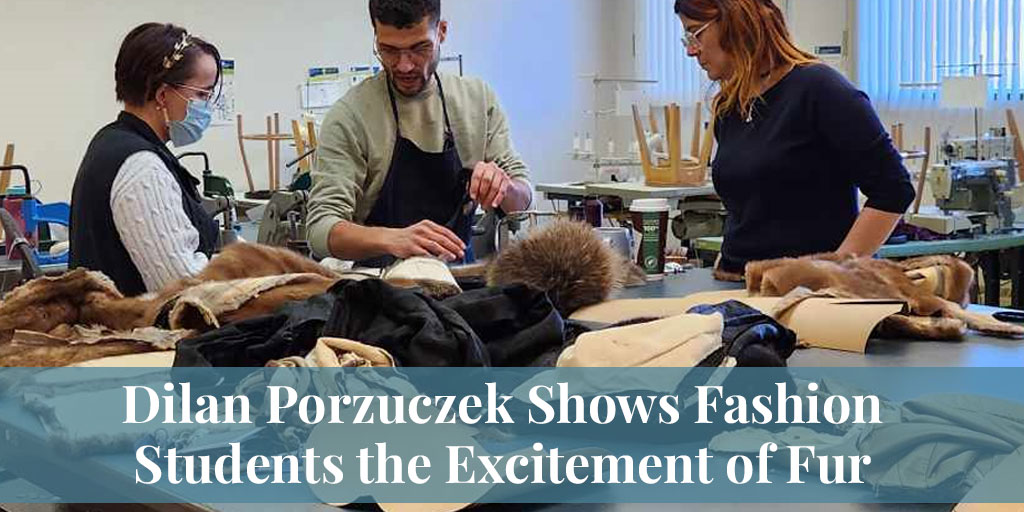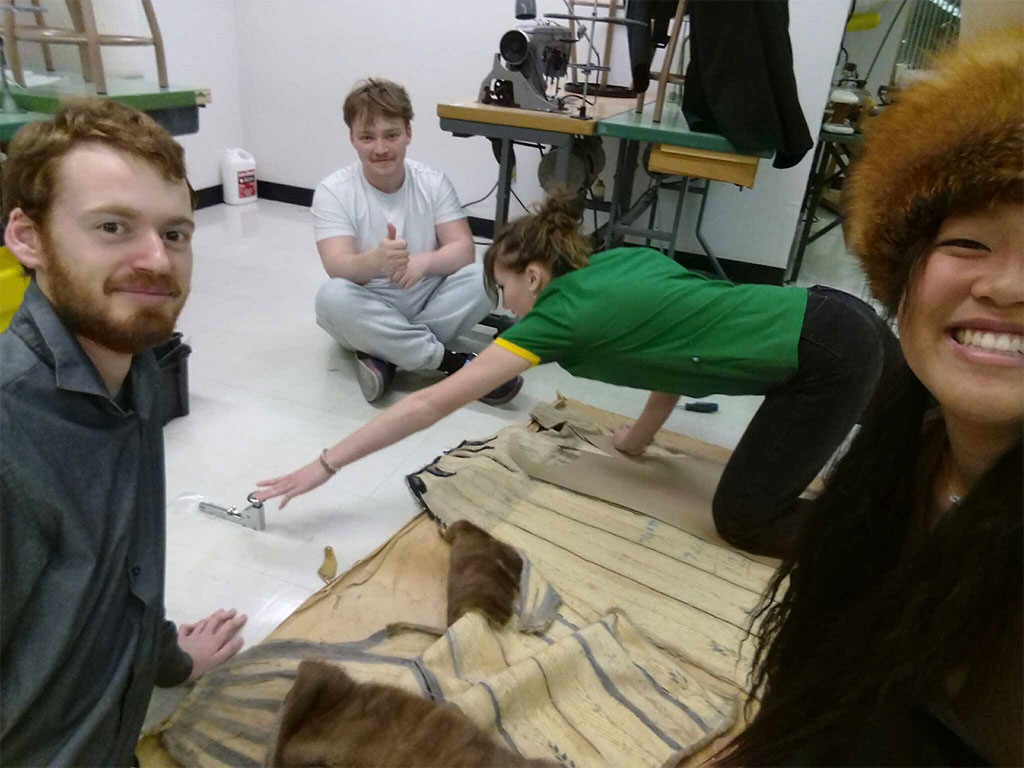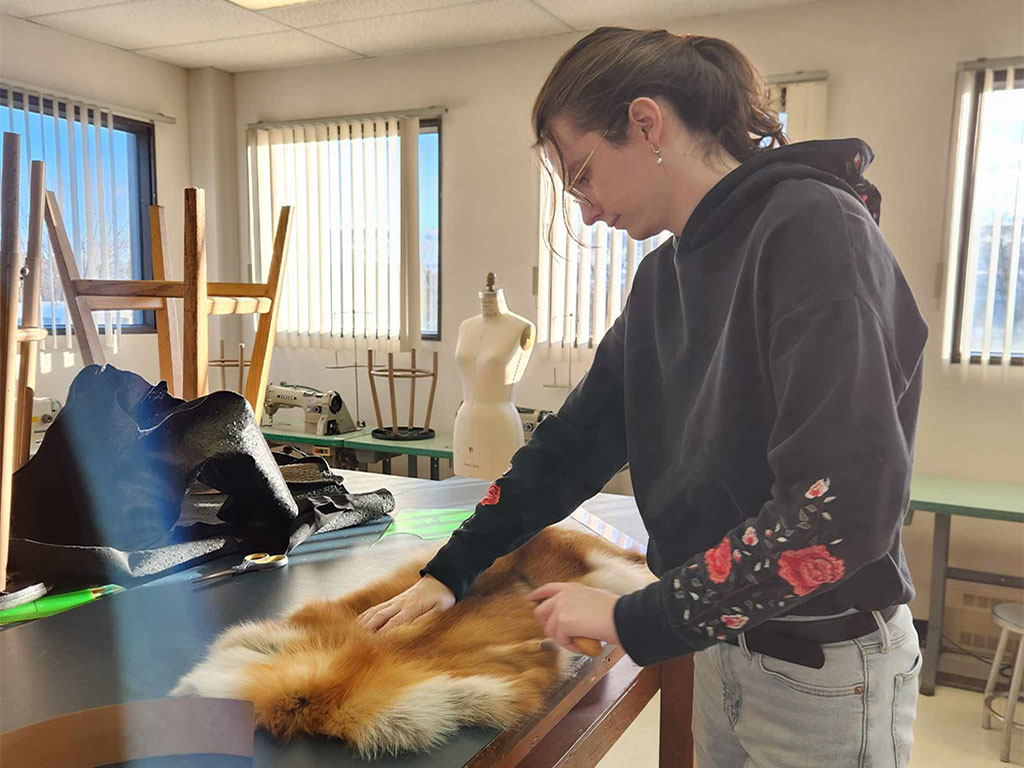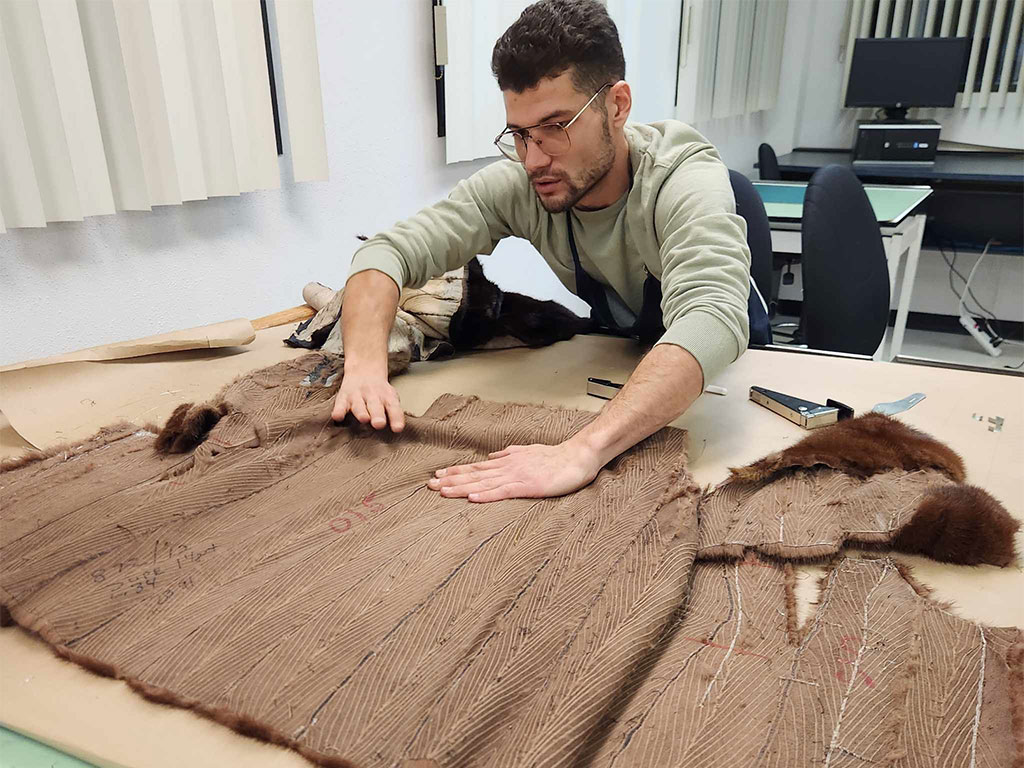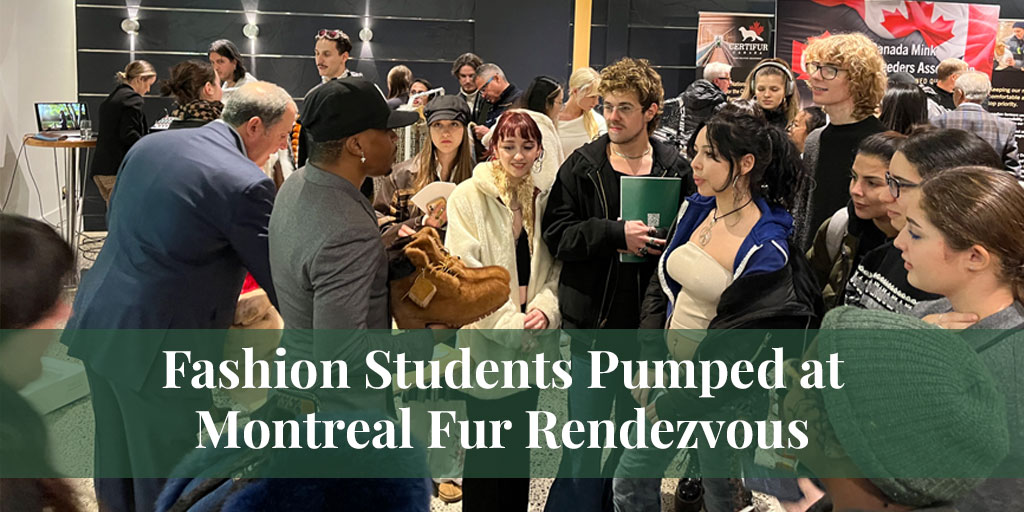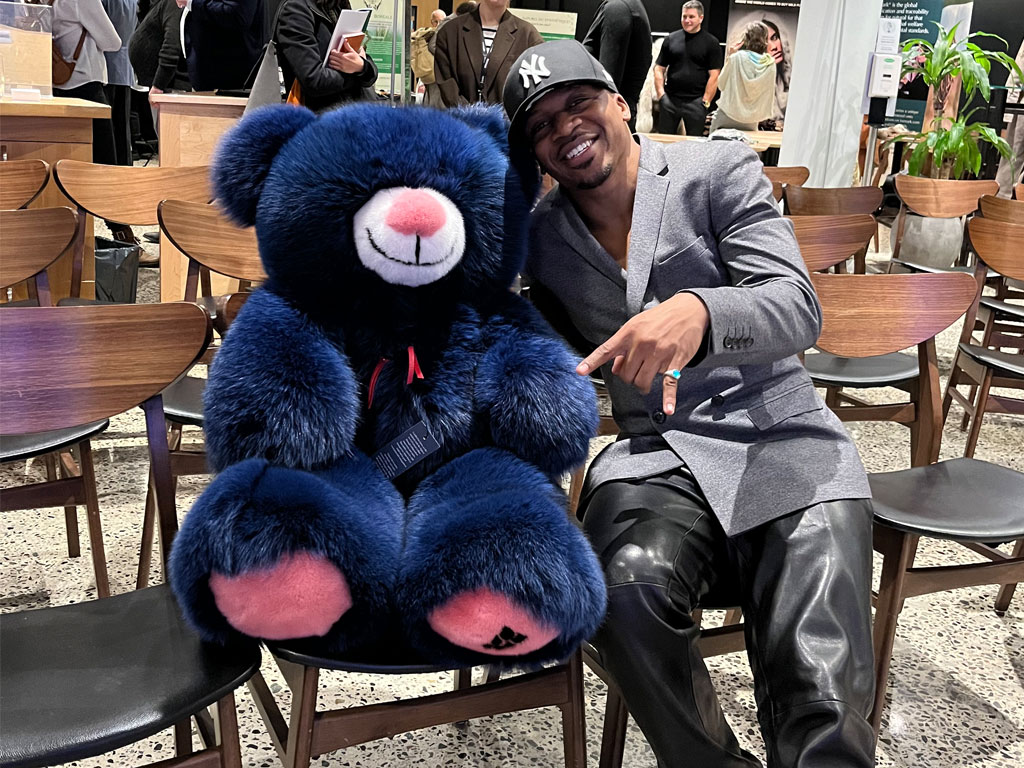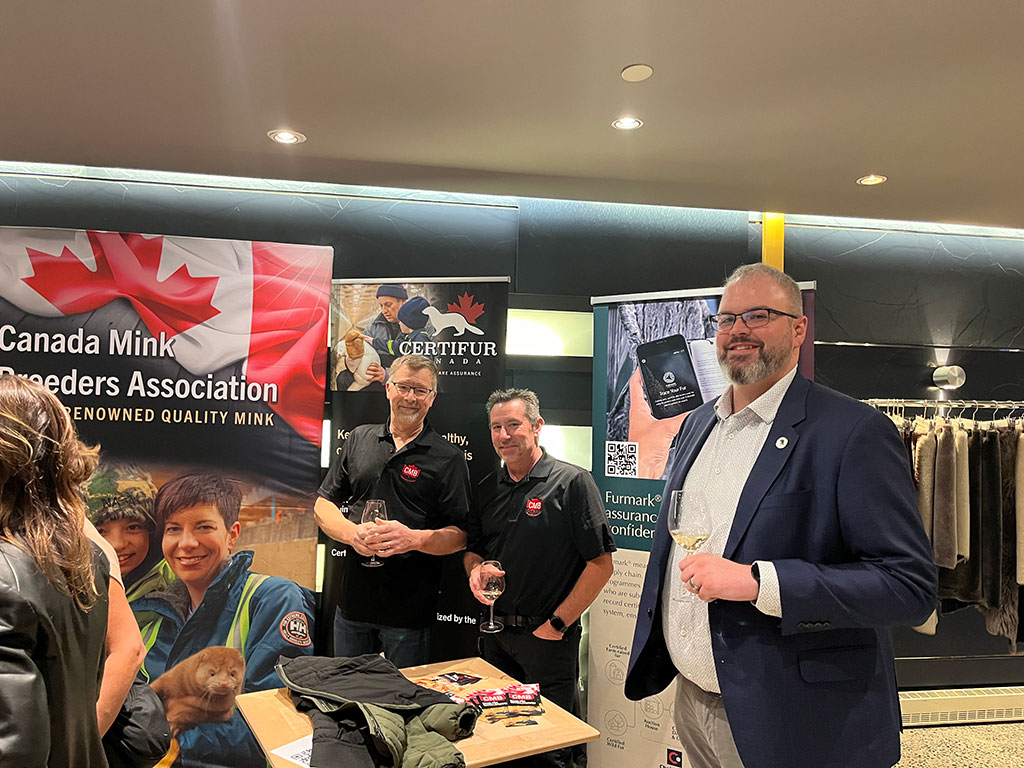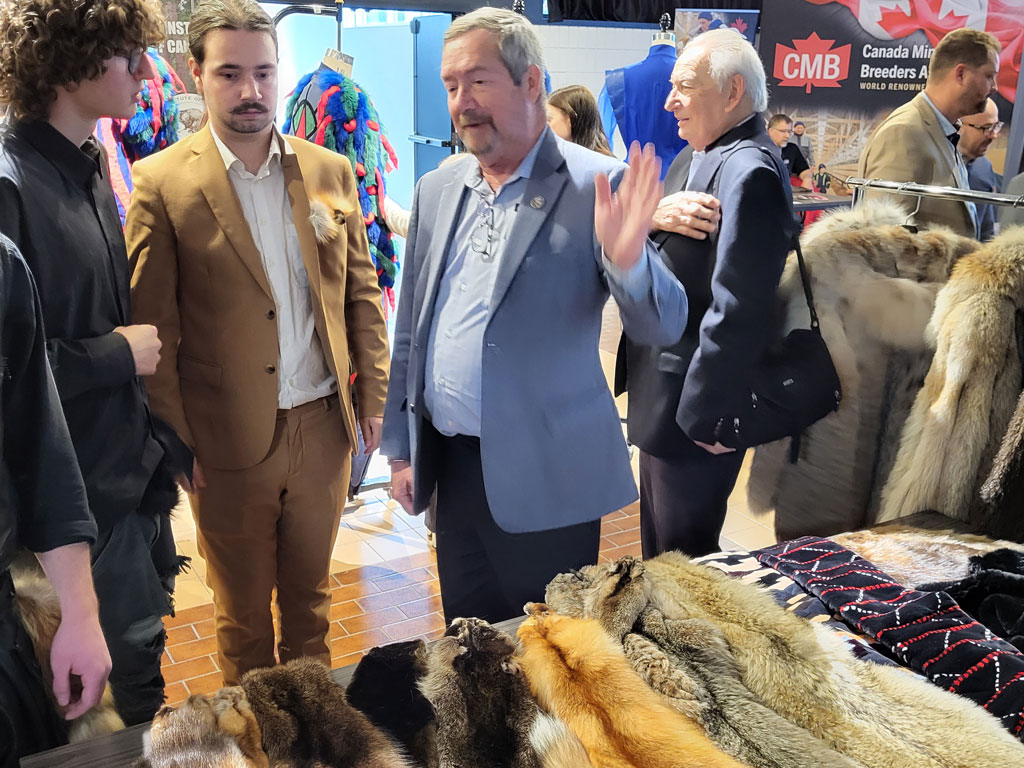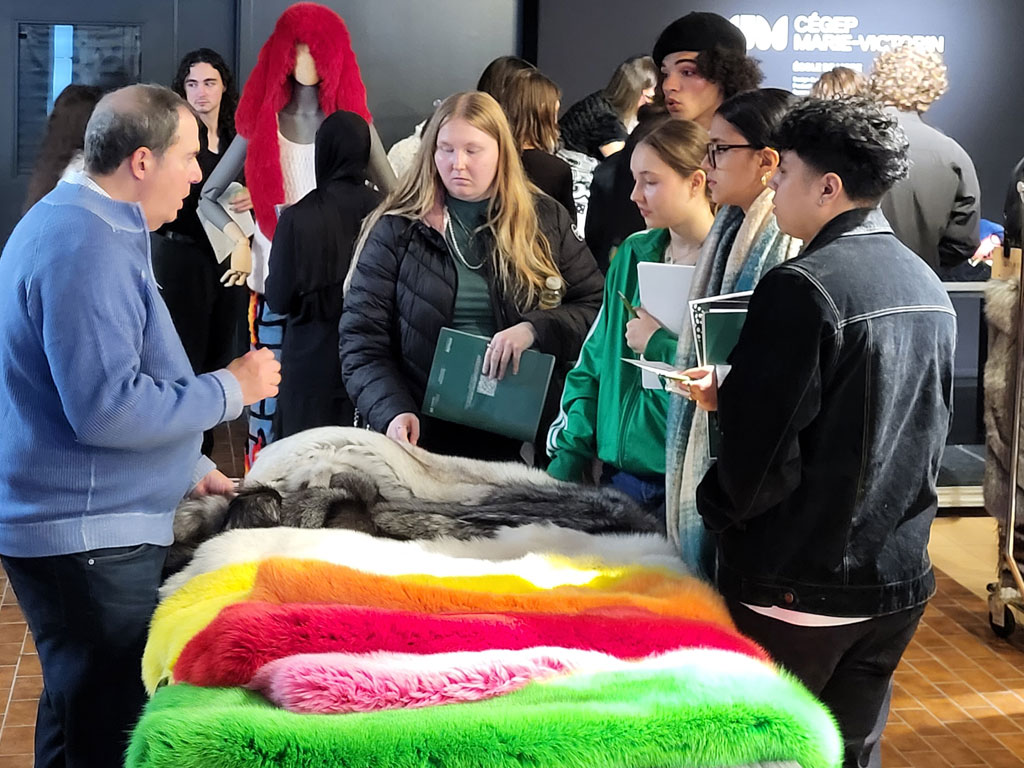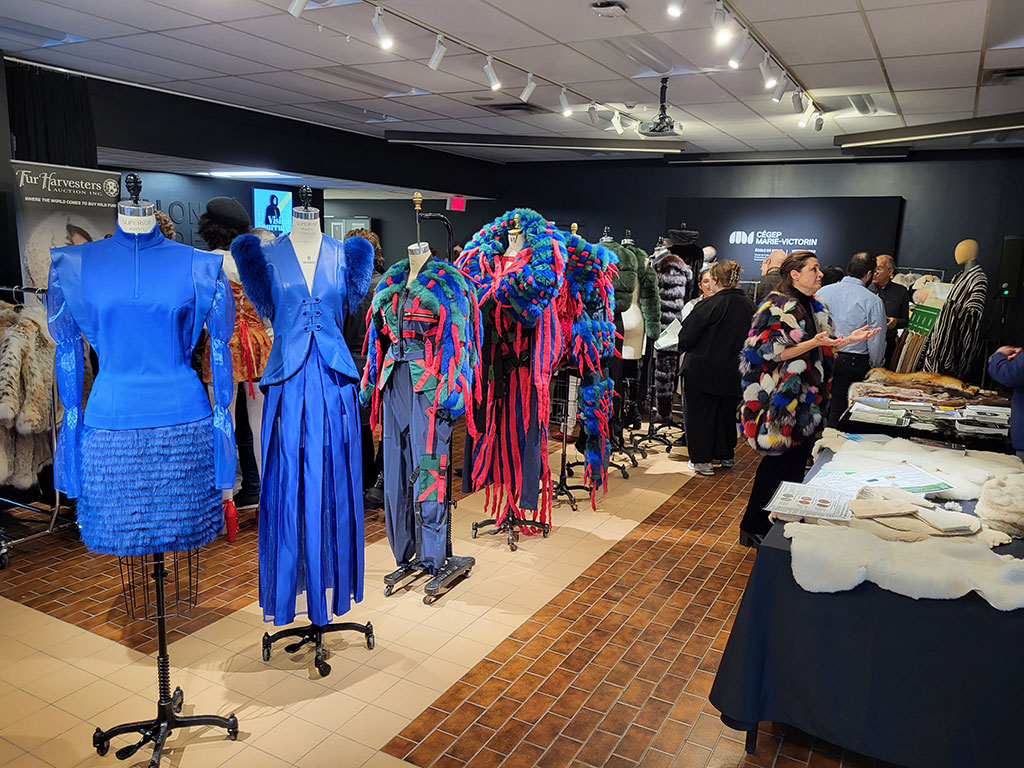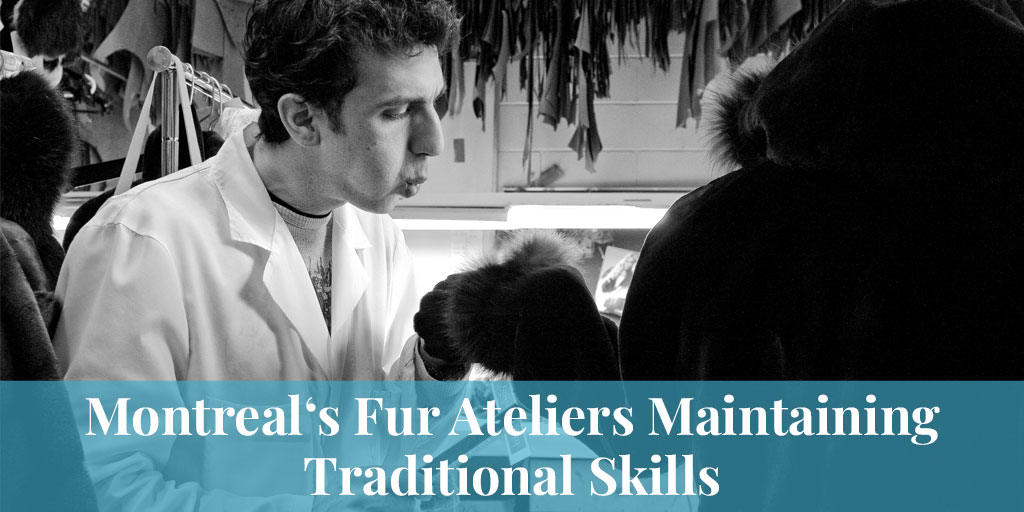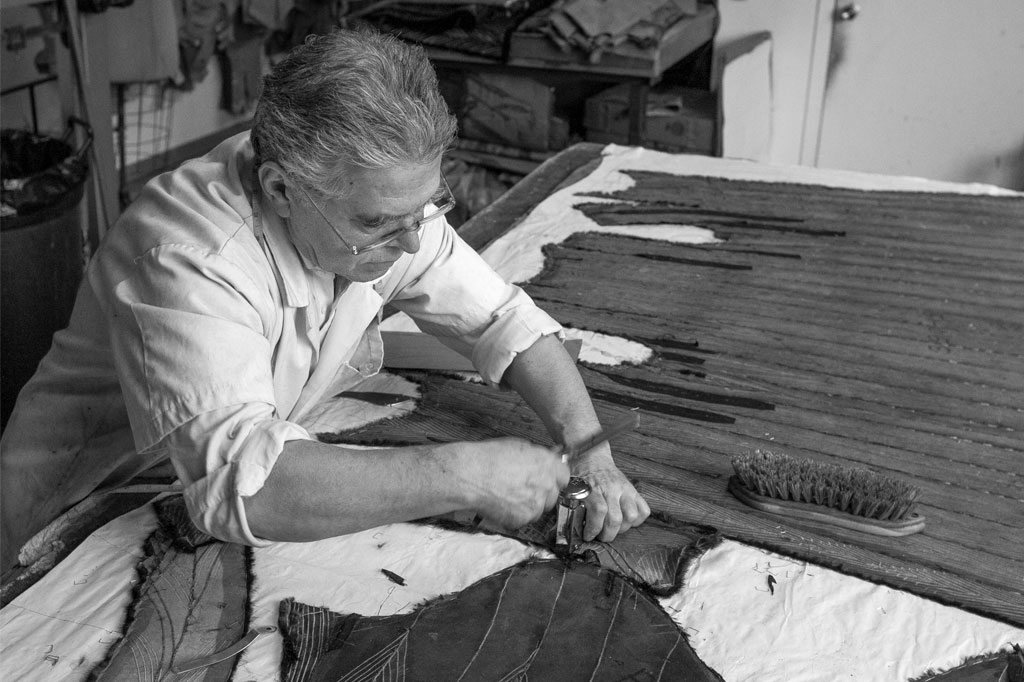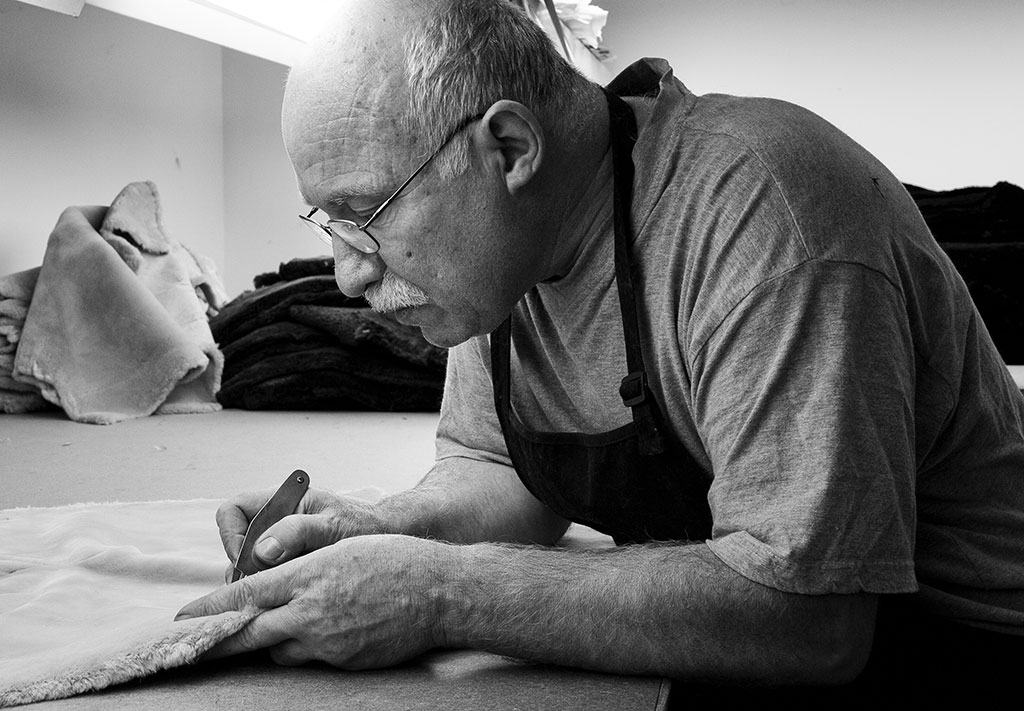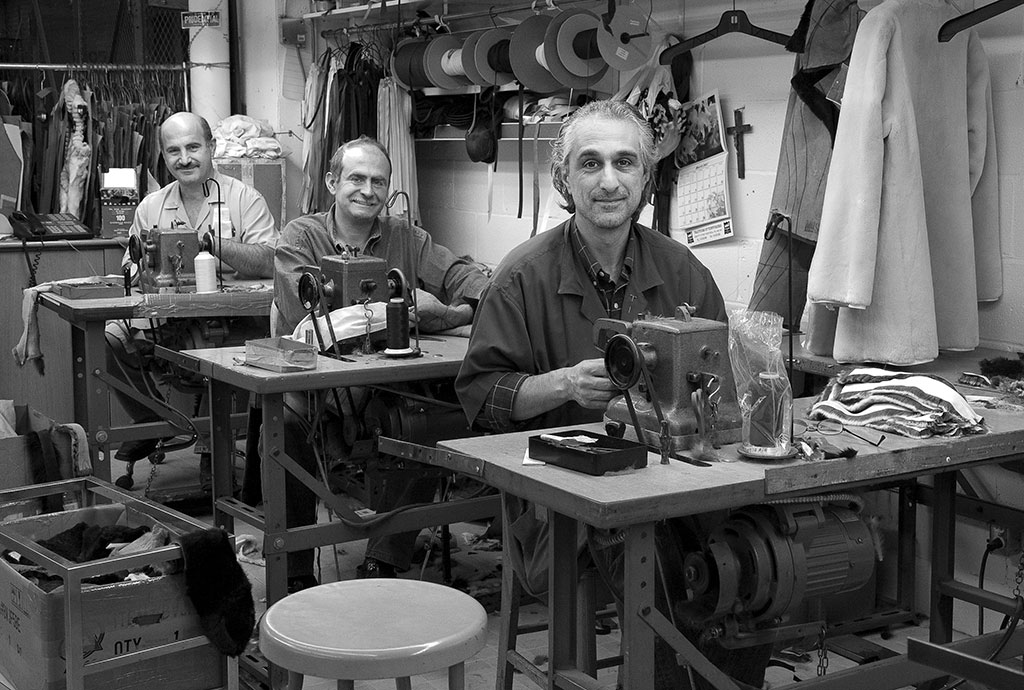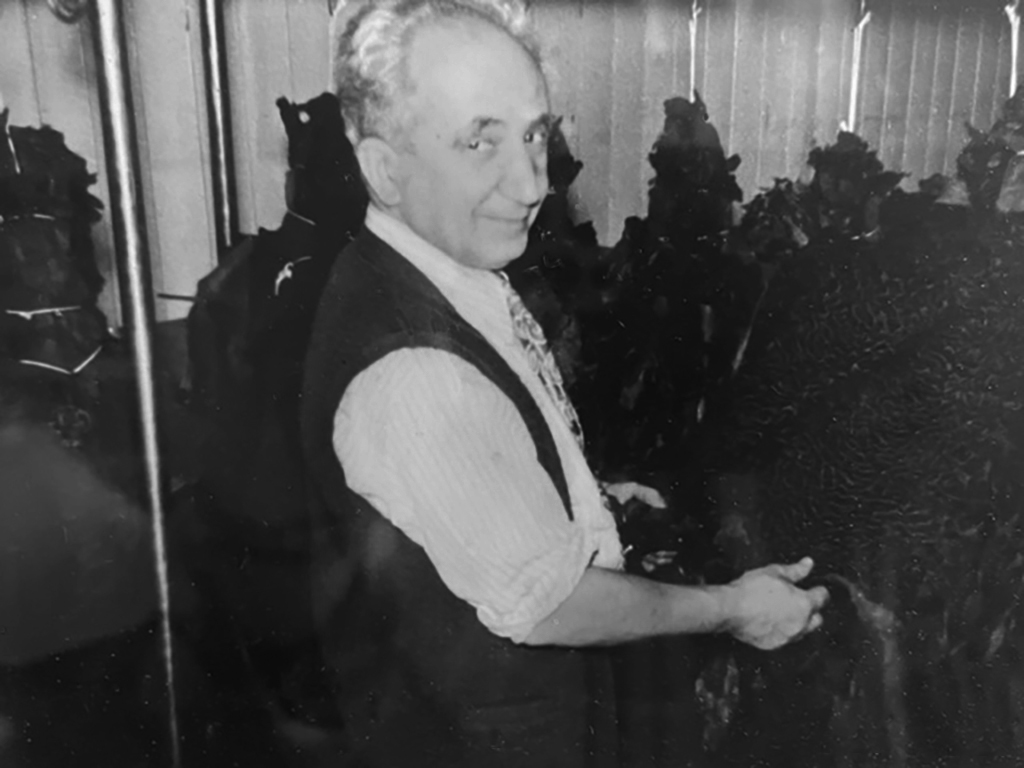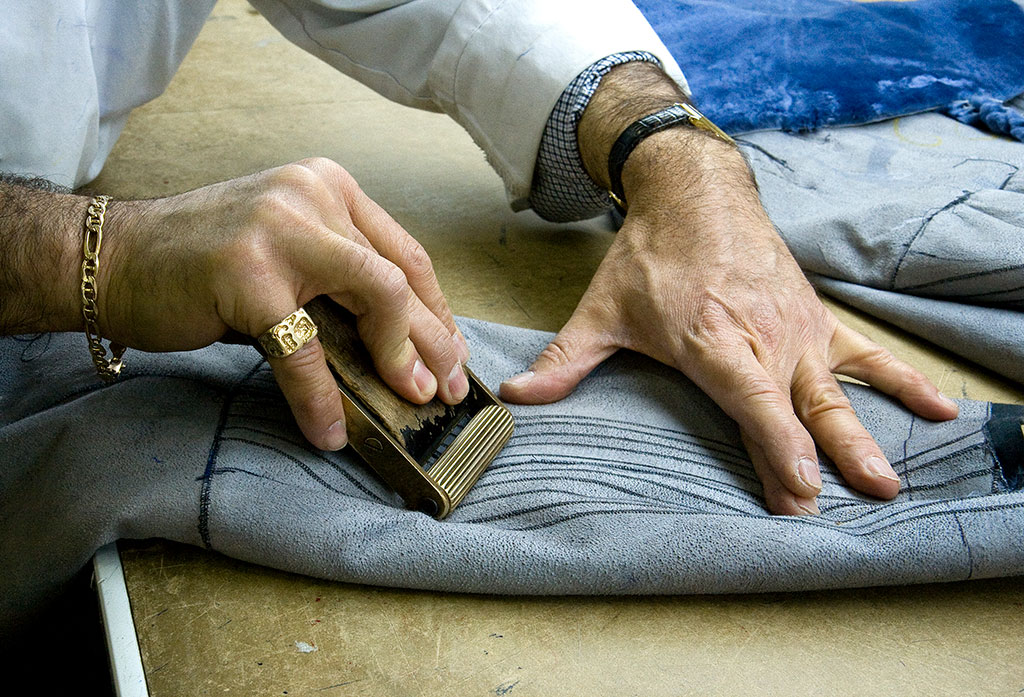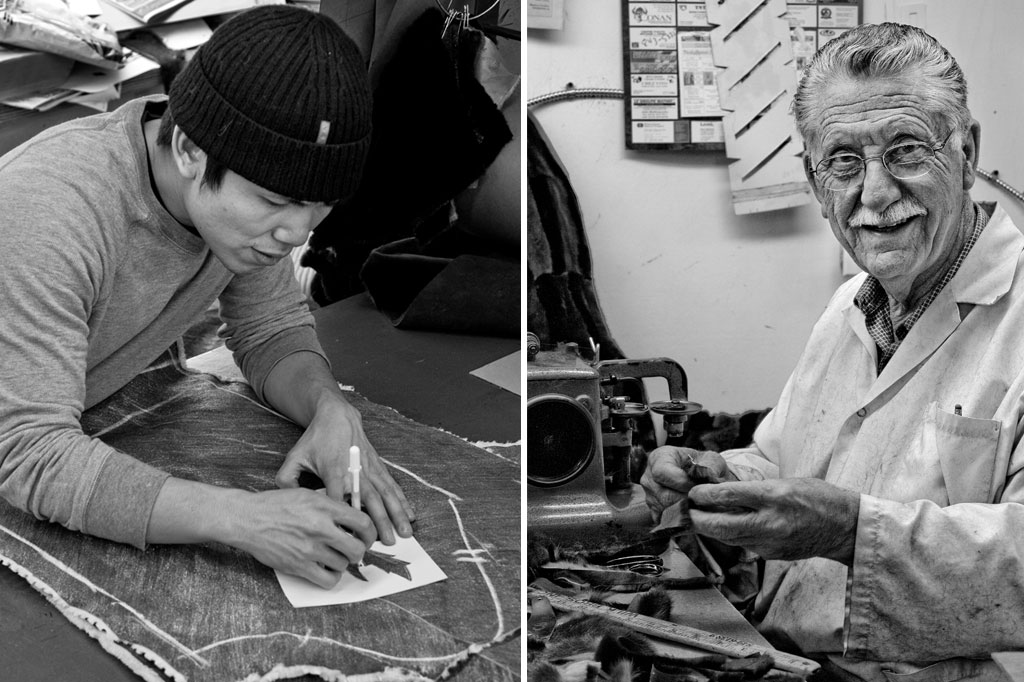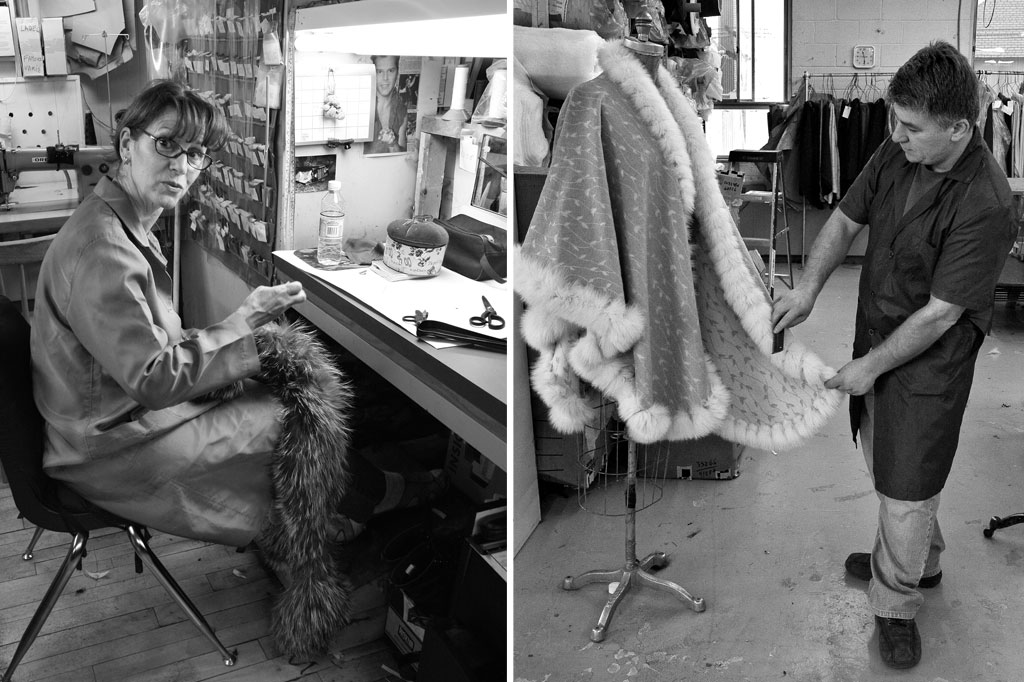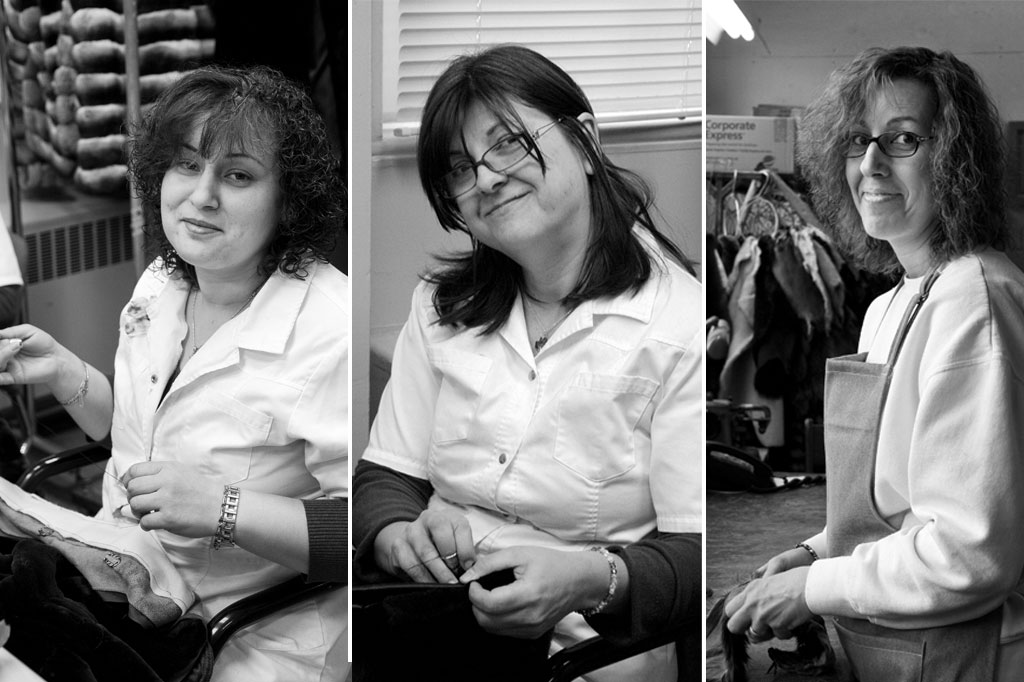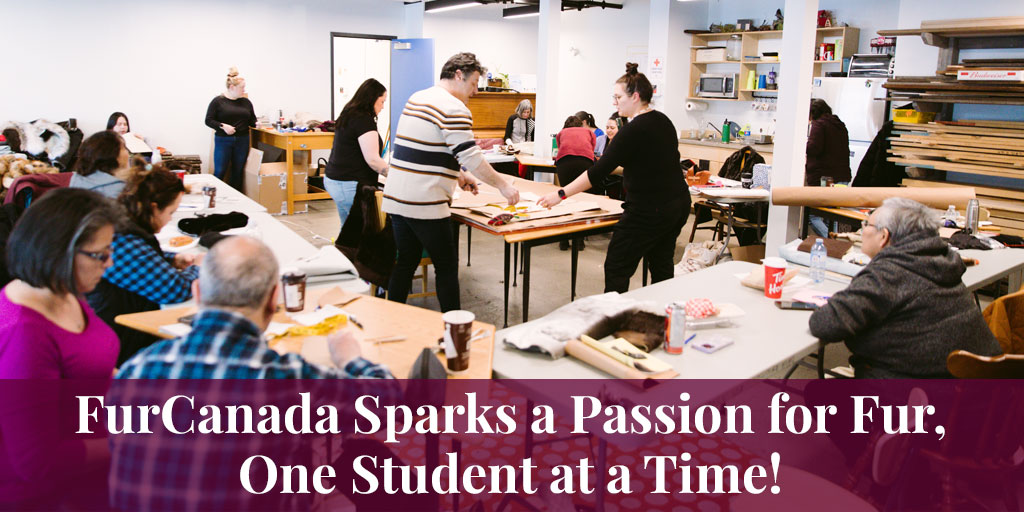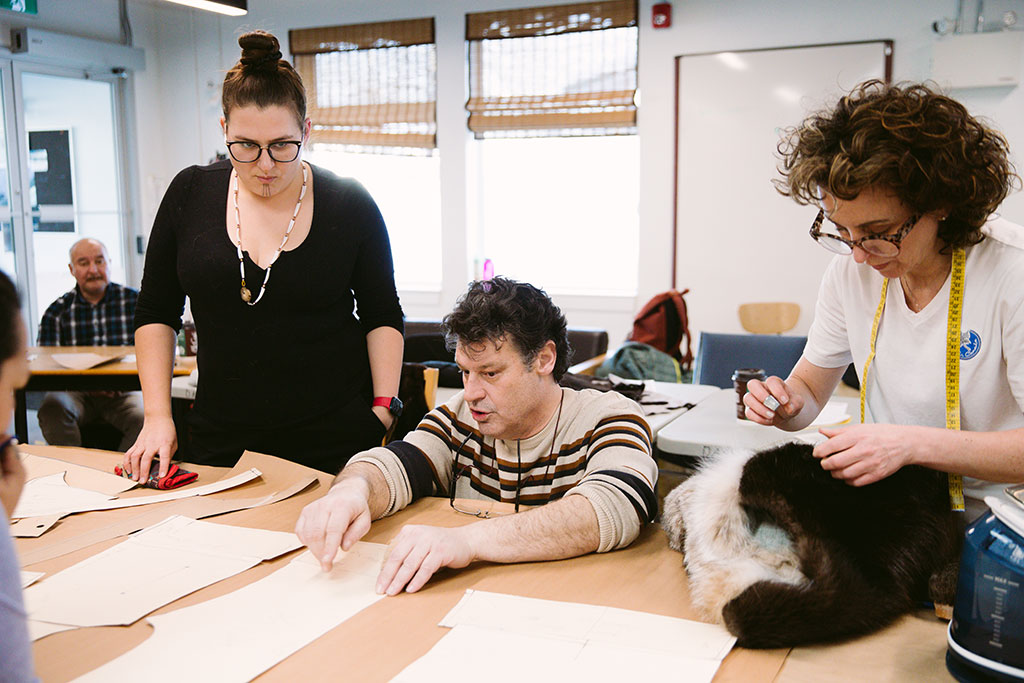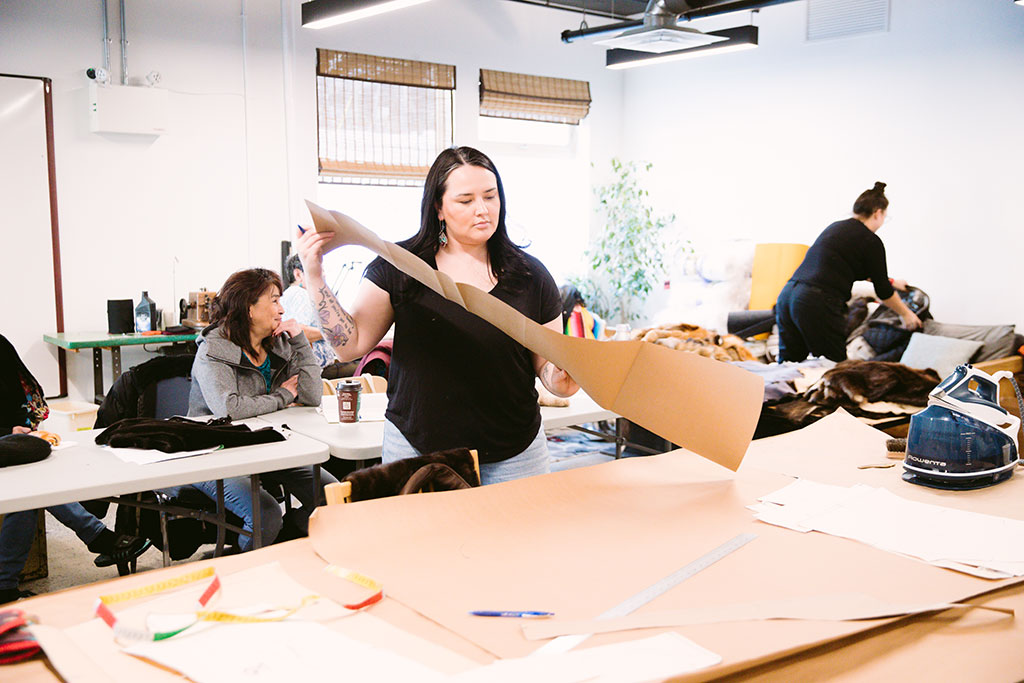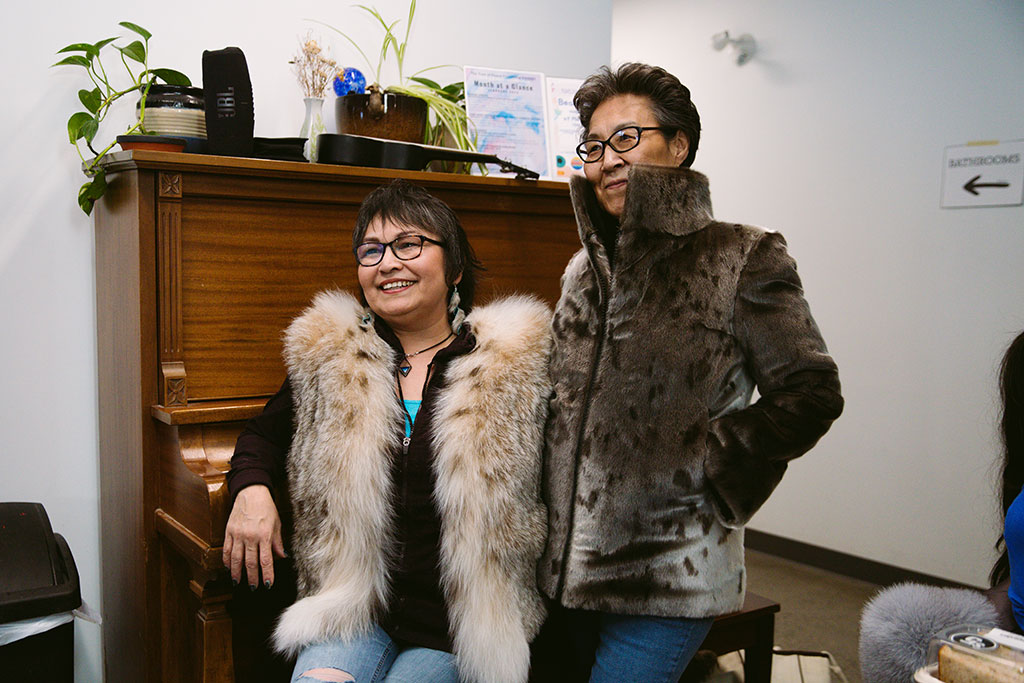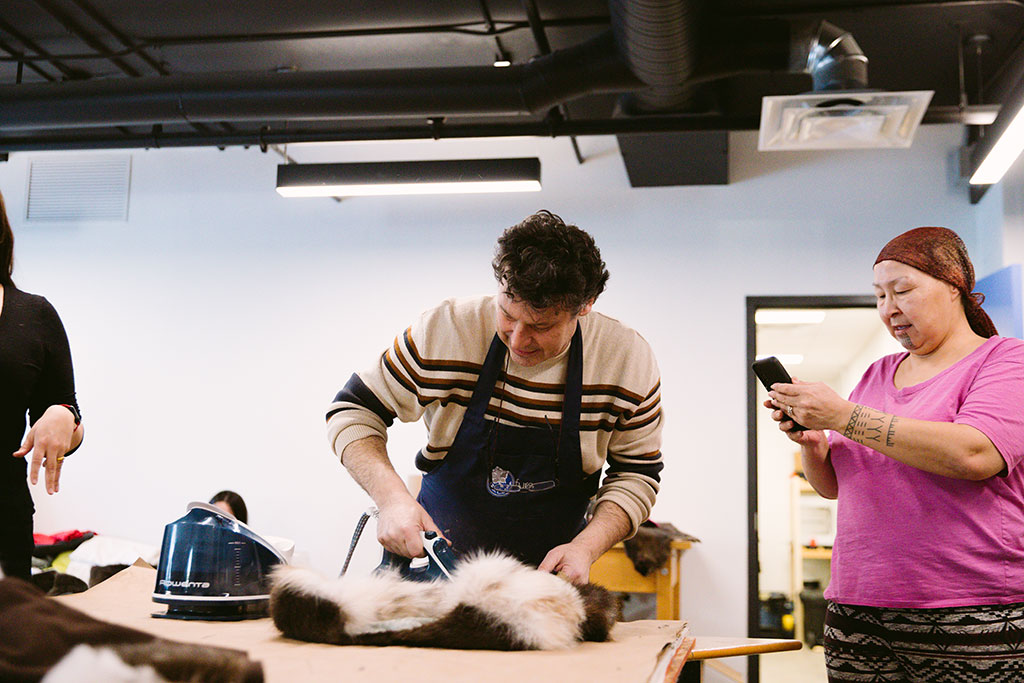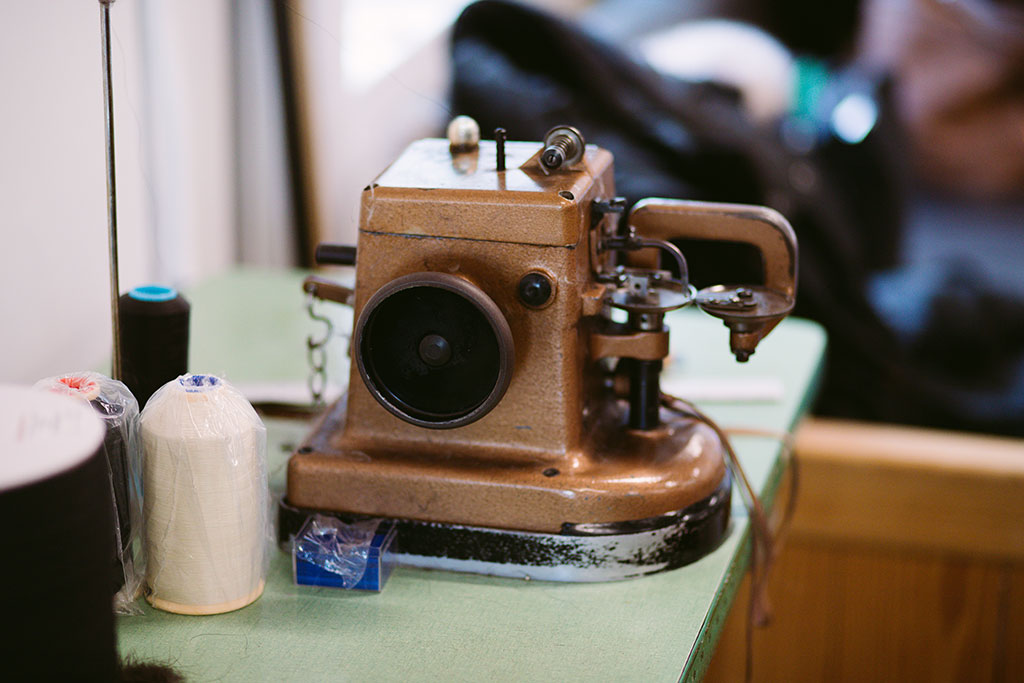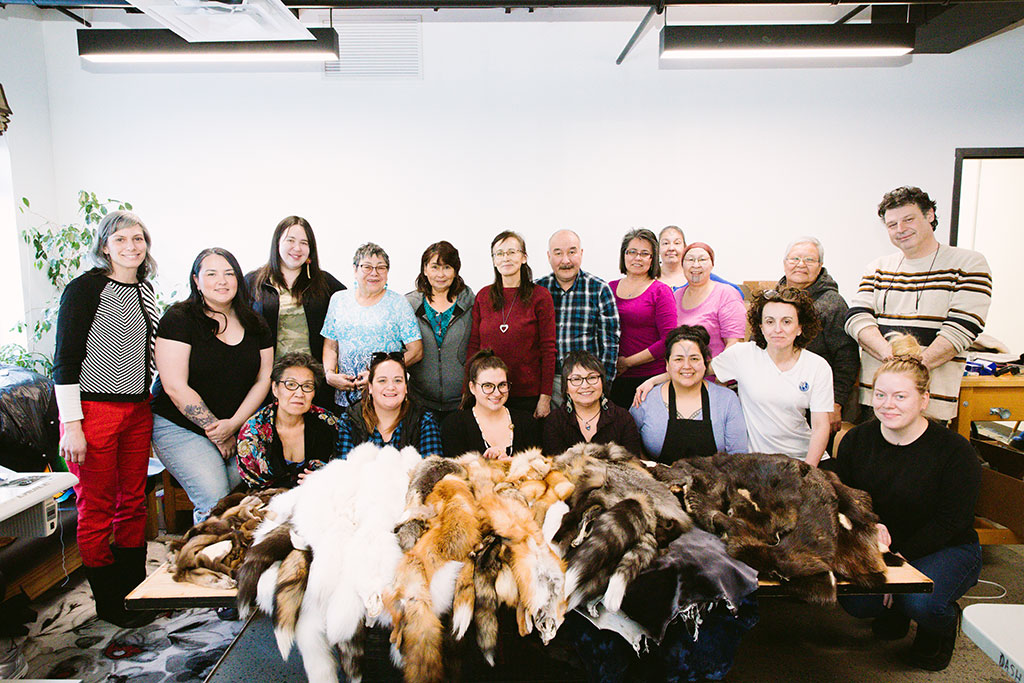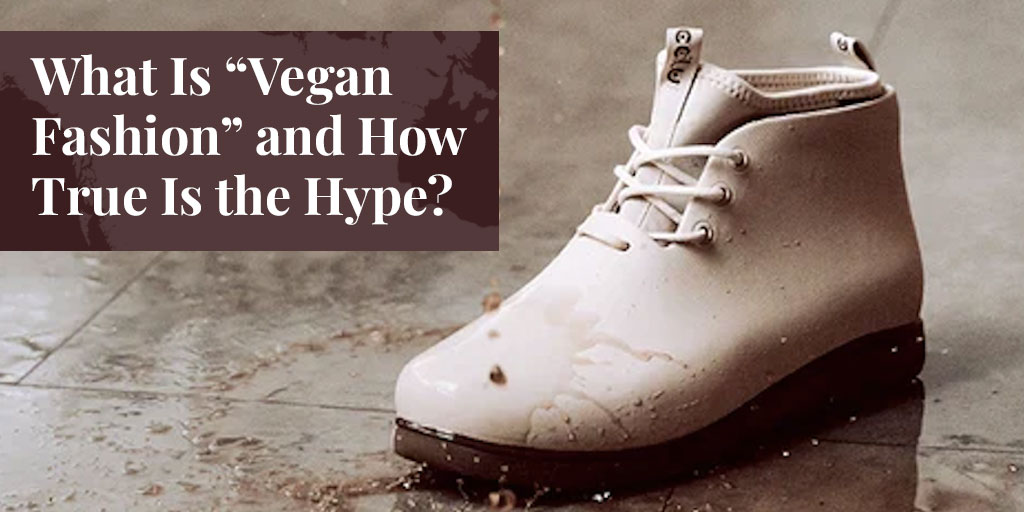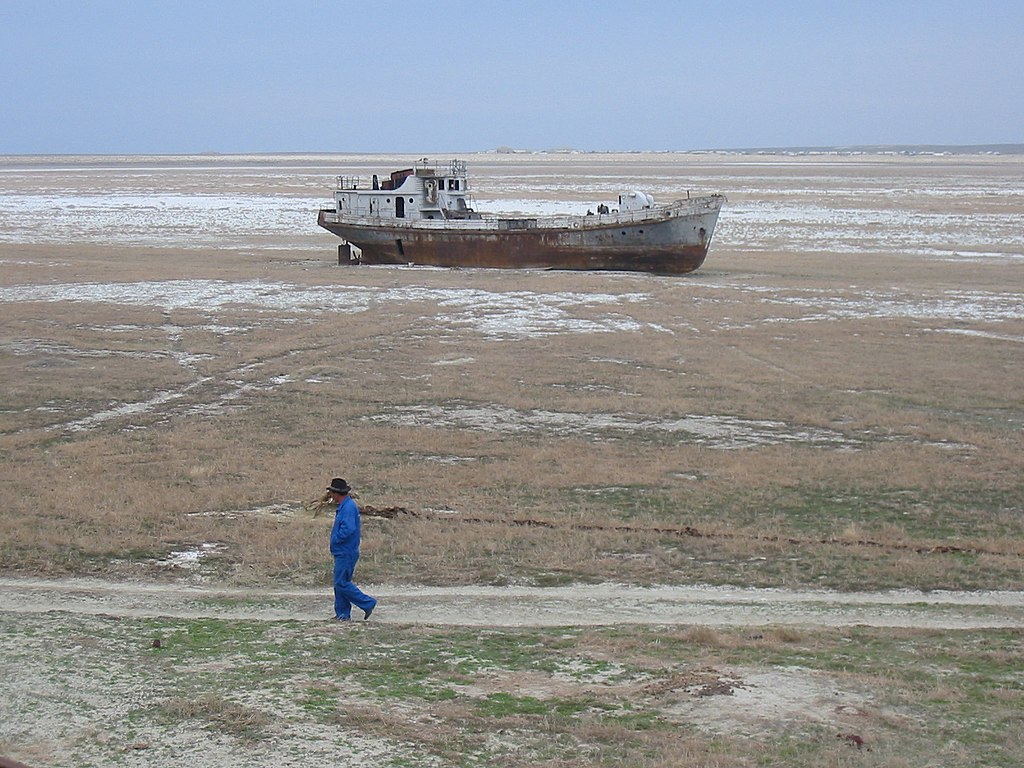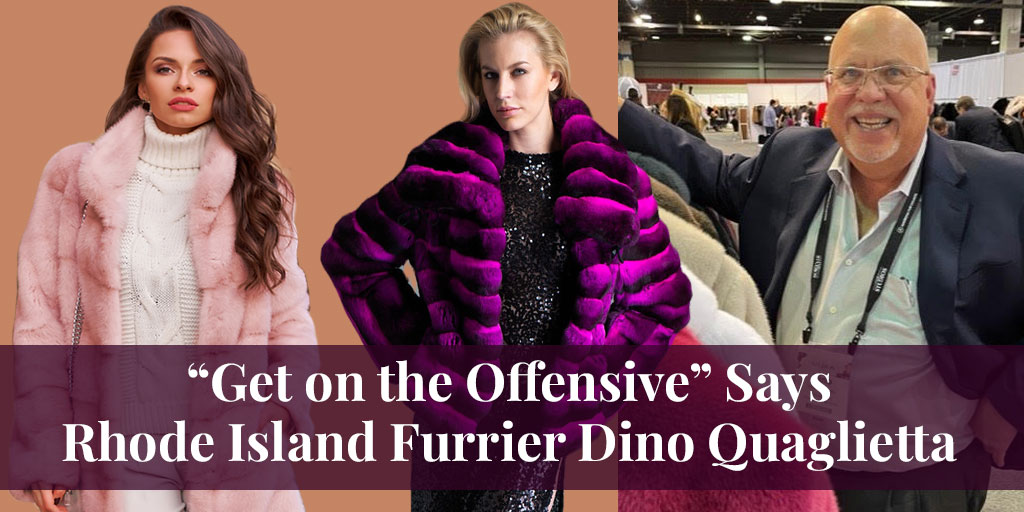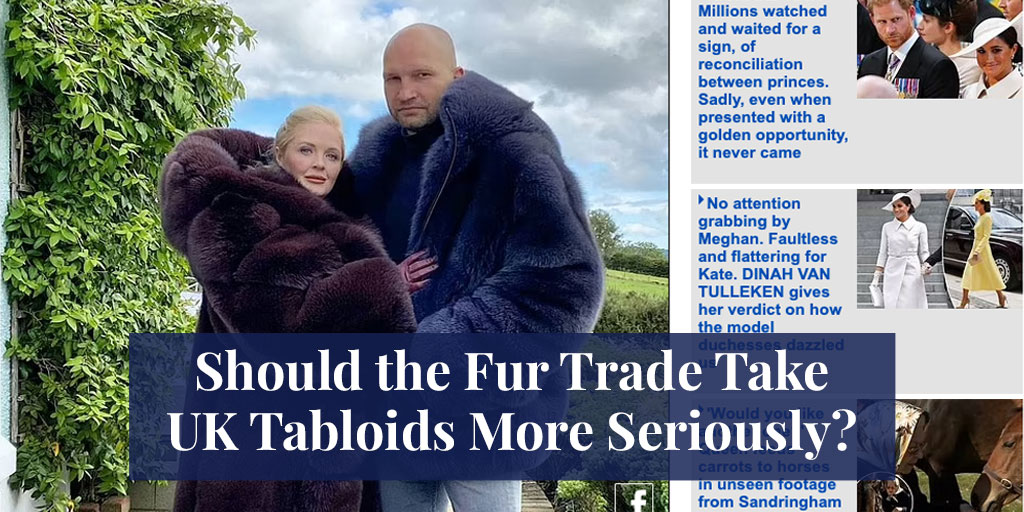What’s It Like Showing at a Major Fashion Week? Jane Avery Finds Out
by Simon Ward, editor, Truth About FurAre you an artisan designer from a remote region, creating stunning fur fashion but still wondering how to break into…
Read More

Are you an artisan designer from a remote region, creating stunning fur fashion but still wondering how to break into the "big time"? Maybe you can learn from the experience of Jane Avery, a designer from New Zealand's South Island, who recently crossed the world to show her wares on a catwalk in Vancouver.
Truth About Fur: You launched the Lapin label in 2017, combining exotic fabrics with the fur of invasive wild rabbits, responsible for tremendous ecological damage in New Zealand. Your garments are spectacular and your environmental message is strong, so last November you accepted a longstanding invitation to show your wares on the other side of the planet. Is the New Zealand market too limiting for you? Is the urge to go international just irresistible? And aren't there other major fashion weeks closer to home than Vancouver Fashion Week (VFW)?
SEE ALSO: New Zealand designer embraces wild rabbit "eco-fur". Truth About Fur.
Jane Avery: Ever since I started Lapin, my intention was to “go international”. New Zealanders are notorious for wanting to leave our islands and seek their fortune in the big blue yonder. It’s part of our national character as isolated Antipodeans. So in the eyes of my fellow Kiwis, it’s certainly good for Lapin to earn kudos as an “international adventurer”. This is where I make my living after all, and we love it when a plucky compatriot takes a New Zealand story to the world.
New Zealand keeps me plenty busy fulfilling client work, but I am curious to know whether Lapin can succeed beyond these shores. And the Northern Hemisphere is the obvious choice for anyone in fur fashion.
There's a traditional appreciation of fur in northern countries, both cultural and because some can be so cold. In contrast, the majority of New Zealand’s fashion audience is in the sub-tropical North Island in cities like Auckland. Given the warmer climate, people there may like my work but they don’t necessarily see it as relevant to their wardrobes. I guess Australia's Melbourne Fashion Week might be a future aspiration for me, as it gets cold enough there in winter.
As for being drawn by the dream of hitting the big time, I think my coats and jackets would look wonderful on red carpets and certain global celebrities.
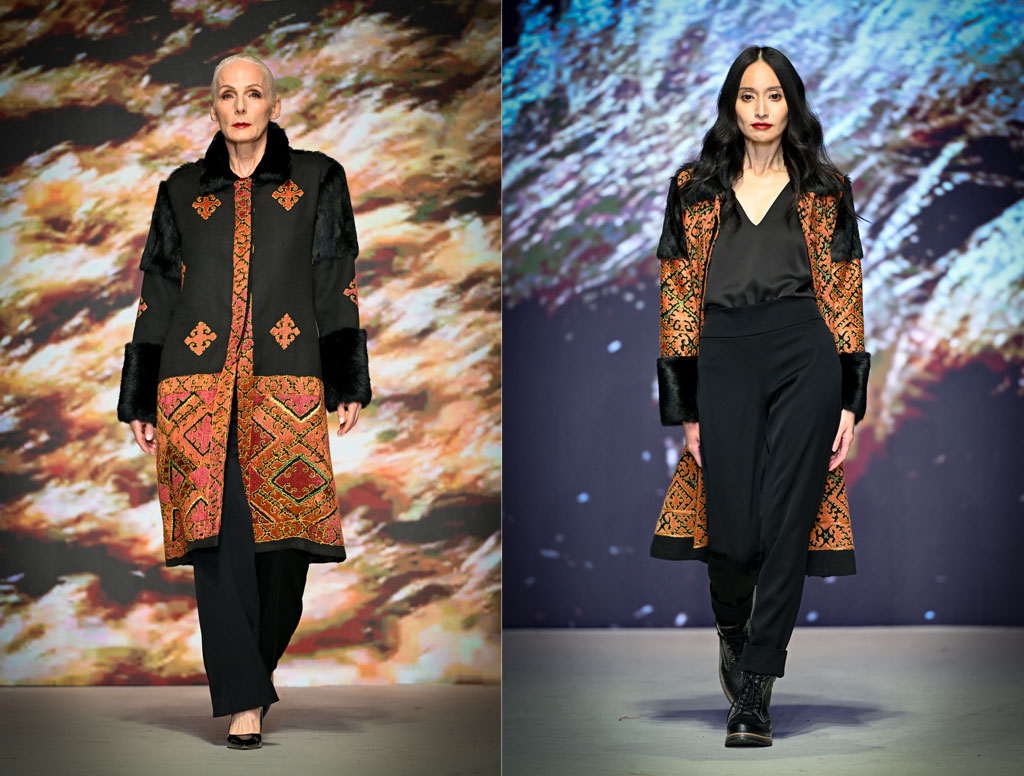
TAF: Canada certainly has a strong fur tradition, but was there anything in particular that drew you to Vancouver?
JA: It attracted me for a few reasons, both personal and professional.
On a personal level, Vancouver was my husband's home during his tertiary education, so it’s a familiar haunt and we have good friends to stay with.
From a fashion perspective, I considered both the city and the fashion show. At first glance, the city's style may seem to be dominated by puffer jackets and camel overcoats, but there’s also a quiet yet definitive fashion presence there – an "if you know, you know" kind of vibe.
As for the show itself, since VFW was founded in 2001, it has grown to become the second-largest fashion week in North America, after New York.
It provides a platform for designers to show their wares both to a local audience and also, thanks to the digital age, international fashion-watchers too. It does a great job of distributing images to a plethora of fashion-related businesses, including other shows, PR companies, buyers and stylists – everyone with their eyes peeled for potential talent.
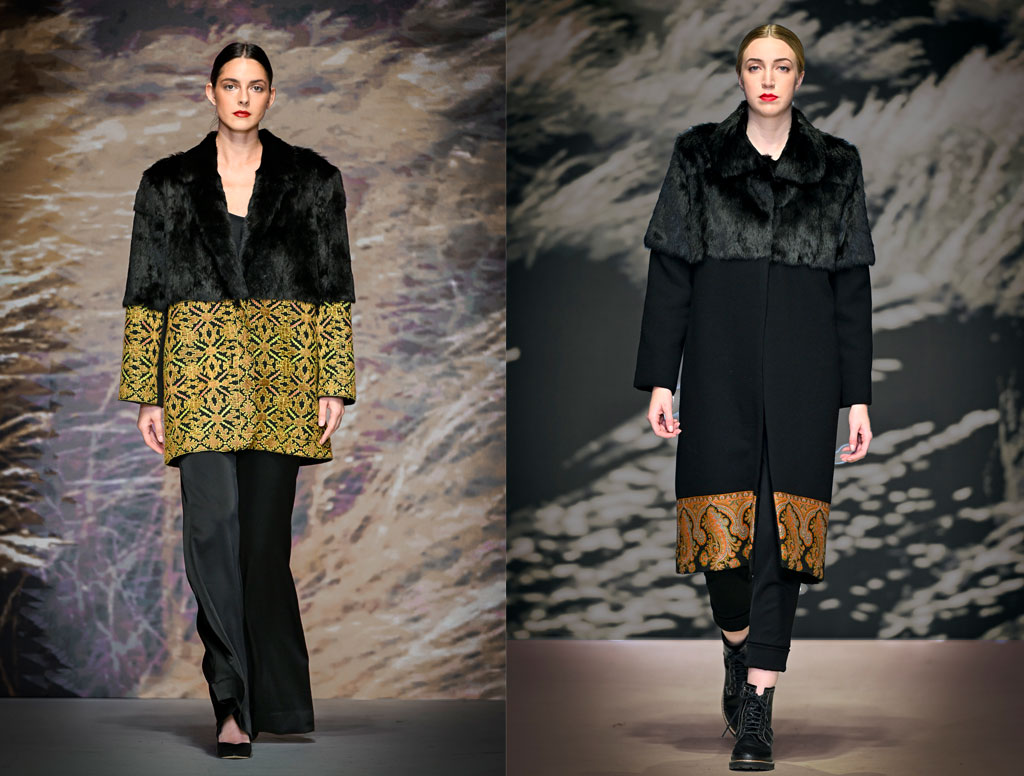
TAF: You actually launched Lapin at a smaller fashion week in New Zealand's Dunedin, so VFW was not your first. During the seven years between Dunedin and Vancouver, how did you keep moving forward?
JA: iD Dunedin Fashion Week is an excellent platform for emerging designers in its own right, for getting noticed in our part of the world and also further afield thanks to the Internet. I was spotted, and in the weeks that followed, I received several offers to show by, among others, VFW.
But even though these offers intrigued me, I held them at arm's length. Showing at an international fashion week, no matter how close to home, is a big investment, especially for a new business. It was important for me to establish Lapin within New Zealand first, and eye the big wide world from afar for a while.
Also bear in mind that slow fashion is slow, and I’m only one pair of hands. It would be quite impossible for me to show a new collection every year or even every two years. I struggle with the reality of not being able to realise all of my fabulous ideas in a more timely manner. But hey, I am extremely privileged to be able to work independently in my chosen field, and satisfy the desires of clients paying for my work. It’s amazing really.
So I kept busy, for example producing my own show in 2018, also in Dunedin, in collaboration with a local jewellery designer. And in 2019 I hosted a workshop at my studio. Then came Covid and the years of "pivoting" happened. I supplemented my Lapin work with vintage fur up-cycling and cultivating clients for possum fur decor. Then in 2022 and 2023 we had major family issues, which meant Lapin couldn't take centre stage.
SEE ALSO: Recycling vintage fur New Zealand style. Truth About Fur.
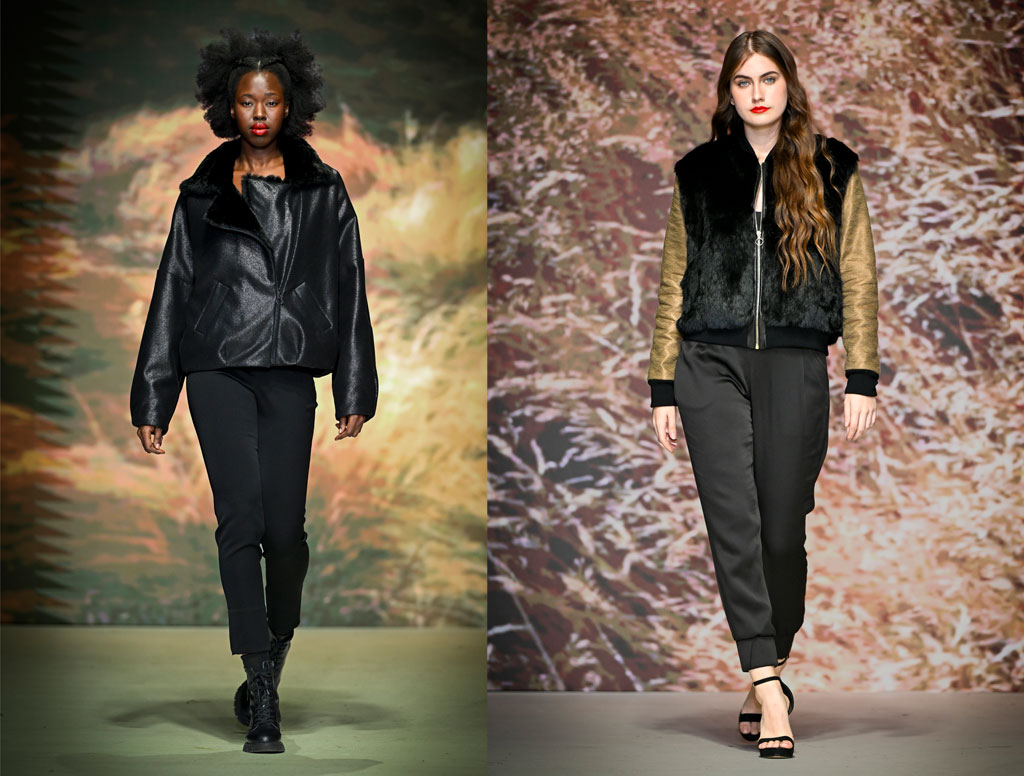
TAF: And then in 2024 came VFW, which must have been a change of pace. What were you hoping to gain from the experience?
JA: When I committed to VFW, I felt like I was putting my dreams and schemes back on track.
Aside from gaining general fashion week experience, my primary objective was securing imagery. I knew that VFW puts out a high-end product devoted to showcasing designers well, so I was sure to come away with good photos and video of my work being worn by professional models on a well-lit, well-attended runway. And I’m pleased with the result. I now have plenty of good stuff for my various publicity avenues, and it'll keep the social media beast fed for a while.
Also, as I hoped, I’ve had a few more invitations to fashion weeks plus enquiries from big city PR companies.
So I’m happy Lapin is being noticed outside of New Zealand, and I now have the confidence to show anywhere in the world.
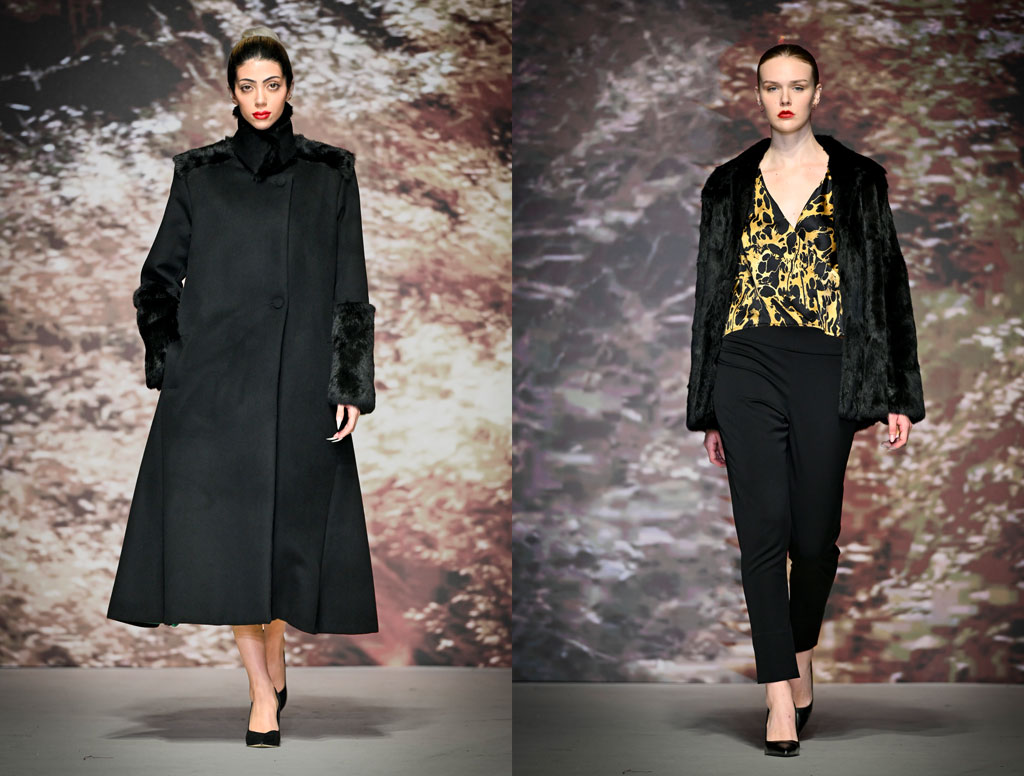
TAF: You mentioned the importance these days of digital technologies in getting exposure for designers. Did VFW have any surprises for you?
JA: A big revelation for me was the sheer speed at which fashion images get out now, and viewers react. The posting of photos on Instagram was so fast and furious, it took me days to unravel the likes, shares and message requests!
There were some thrilling surprises too. Digital fashion platforms that featured my looks included Vogue Italia and Vogue México! Imagine seeing my brand on the same page as the “V” word!
I also dipped my toe into the world of fashion influencers and digital creators. I made a genuine connection with a fashion-forward lass from Vancouver Island, Josie Amanda Boulding. She was sitting front row for the Lapin show, and posted the next day how my presentation made her think about fur differently. At New York Fashion Week this February, Josie will be there wearing her Lapin "Incognito" jacket. An "advance guard", I call her!
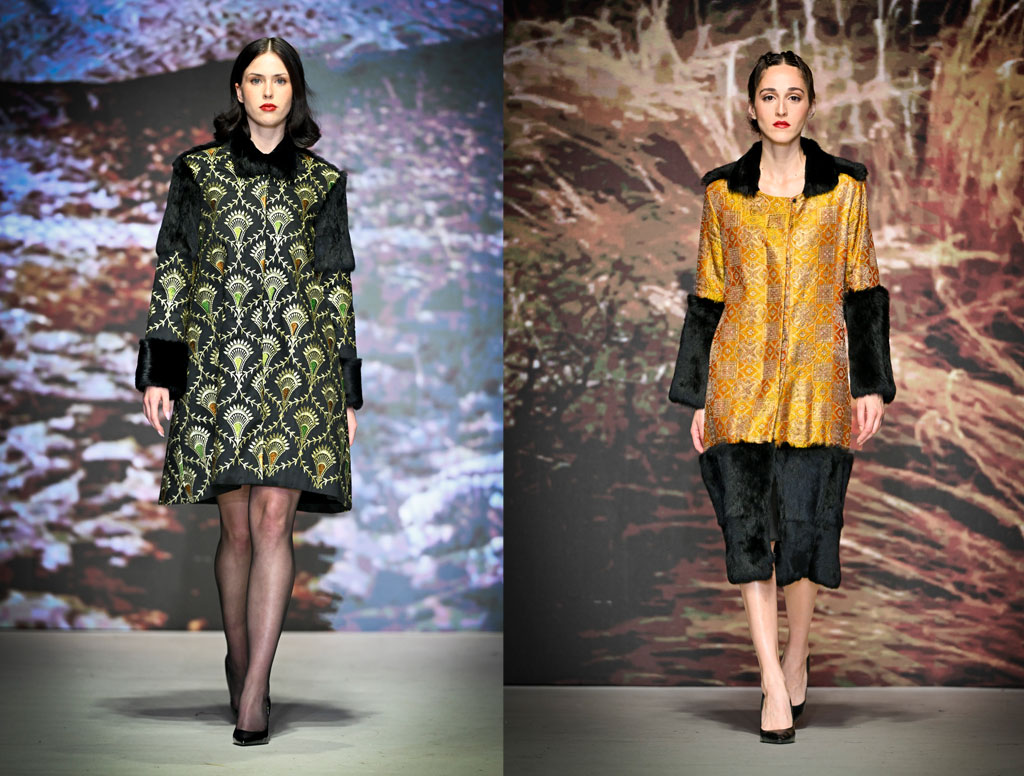
TAF: How about sales? Did you manage to make any while in Vancouver?
JA: I tried, but it was harder than I thought.
As an artisan designer making bespoke pieces, it’s never been my plan to court major store or boutique buyers. Instead I aim to present to fashionable individuals looking for something exceptional. Still, I thought I stood a fair chance of making some sales while in the city.
But it's difficult for a small brand all the way from New Zealand to generate local media attention, and while VFW profiles the season’s designers on its website and social media, and issues press releases, there’s no venue for displaying wares other than at the catwalk show.
So instead, I arranged private appointments in a hotel suite for interested people to try and buy. But there was minimal uptake. That was all part of the learning experience, I guess!
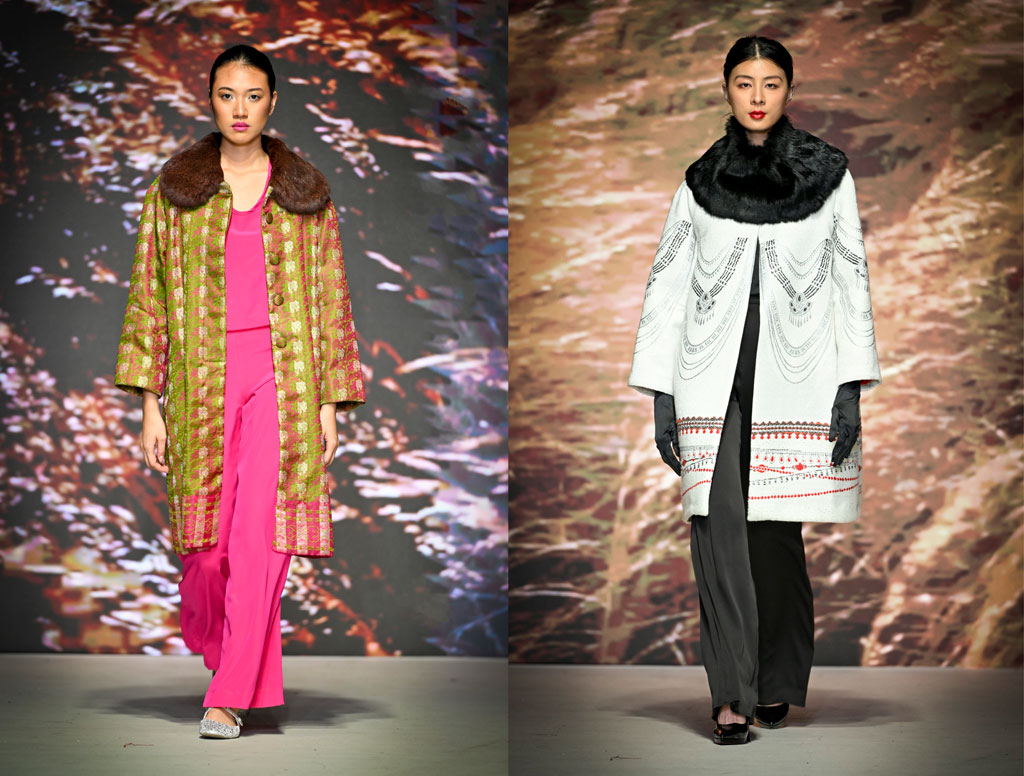
TAF: So overall, was VFW a positive outing for you? Would you advise other artisans dreaming of the big time to aim for a major fashion week too?
JA: Doing VFW was a big deal for me and I hope it was worth the effort, but quite frankly, I don't know yet. I've had my work recognised, and once again I've been able to tell people the environmental story behind Lapin. But whether major fashion weeks are an important promotional tool for designers like me, there are people far more qualified than I am to answer that. So I’m still in "wait and see" mode.
There are undoubtedly some positive takeaways, like all the professional photos and video you get of your work, that you can use as you see fit, and that appear in online fashion publications.
A word of caution though: if you're looking to get noticed in a world flooded with fashion images, be ready to invest a considerable amount of coin up front. Following up on just one of these invitations to show can cost a lot of money, so small businesses like mine can't say "yes" to all of them. Make good decisions and keep it real!
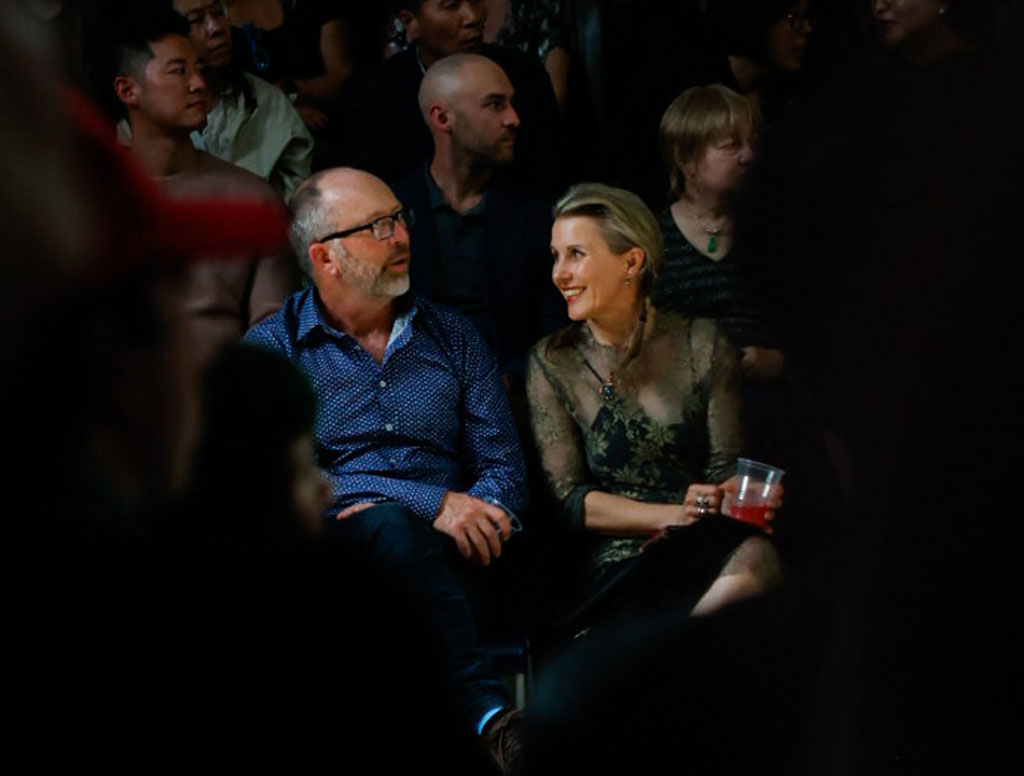
TAF: So what does the future hold?
JA: I hope I can take Lapin to an international stage again in the future, be that another fashion week, a trade show, or some fantastic opportunity that hasn’t yet presented. But for now, it's back to the work table, and hopefully I can find time to make a few new Lapin pieces.
Lapin’s next outing is in March at the Wānaka A&P Show – real feet-on-the-ground grassroots kind of stuff. I’ll have a small marquee in a field along with tractors and agricultural produce, displaying Lapin wares and promoting my services with a sign saying "Vintage Fur Clinic". I’ll be inviting locals to bring along their old furs for a chat about upcycling possibilities. But make no mistake – it's not a backward step. Folk in the lower South Island are very sophisticated. It’s great down here, and the rest of the world should know it!
Meanwhile, I’ll keep asking the universe for a famous somebody to fall in love with my coats and wear one to a sparkling event!








